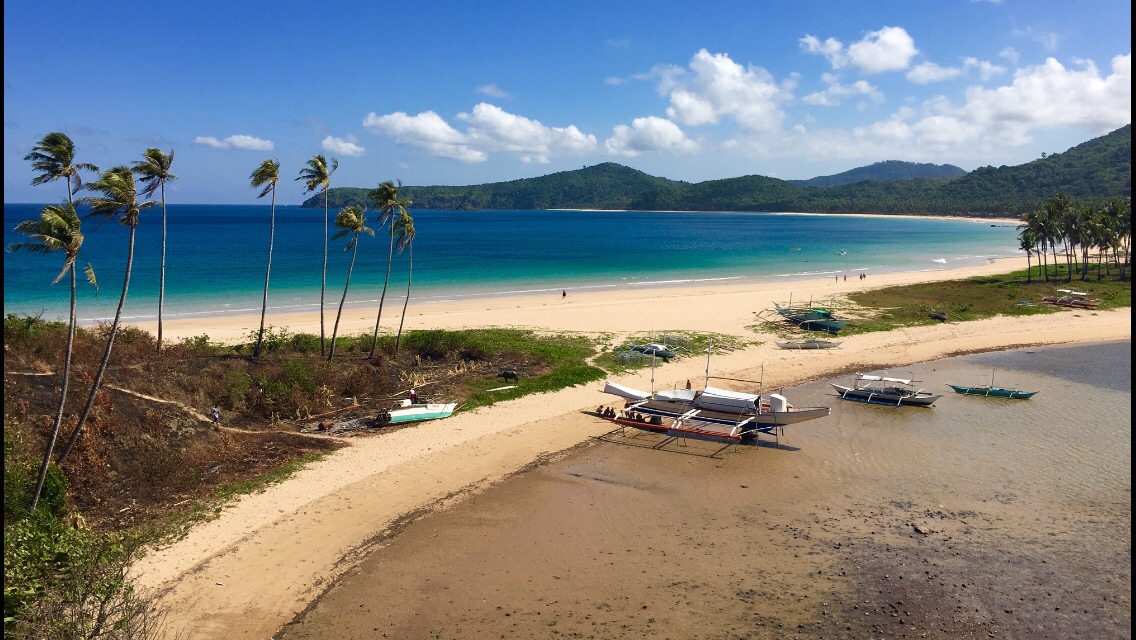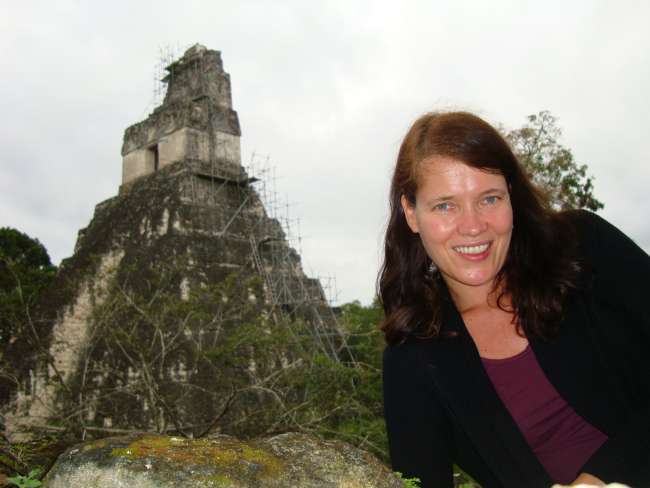Eight Days in Tibet
Opublikowany: 16.07.2016
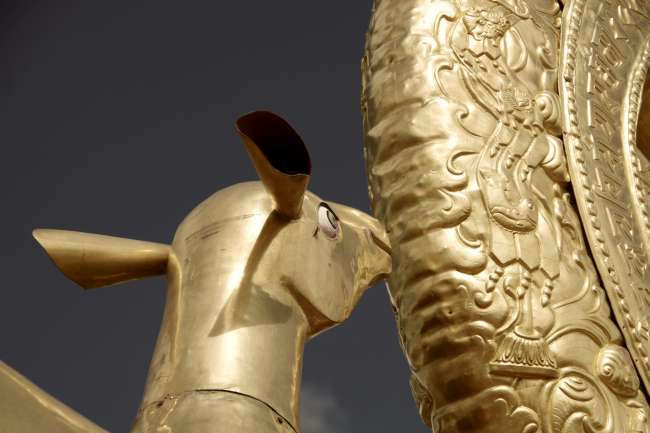
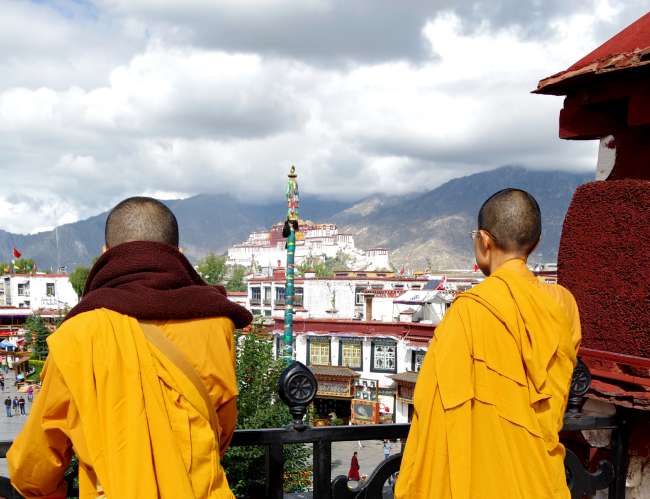
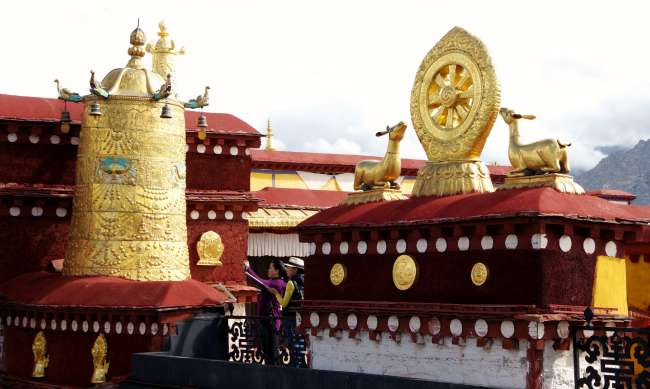
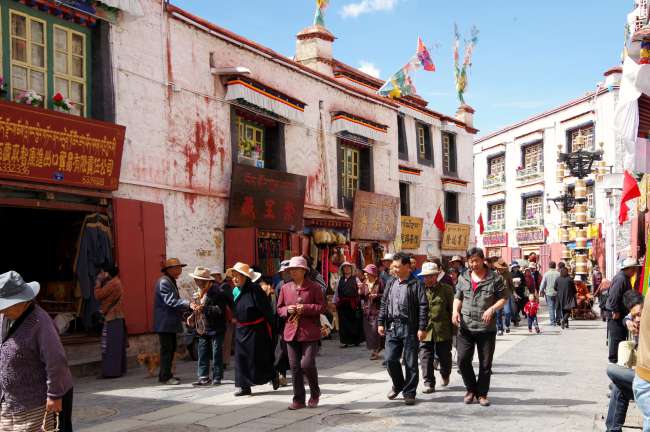
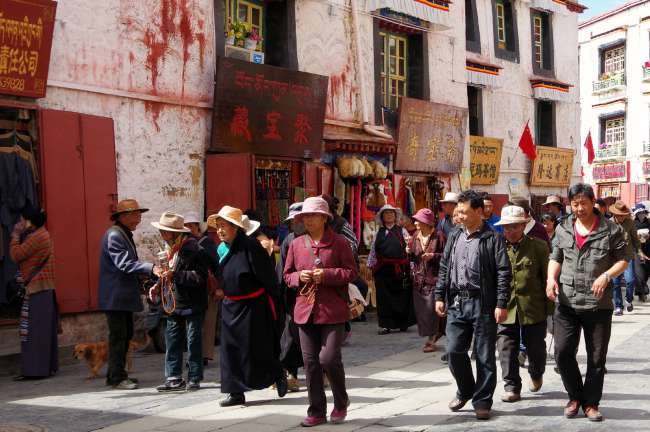
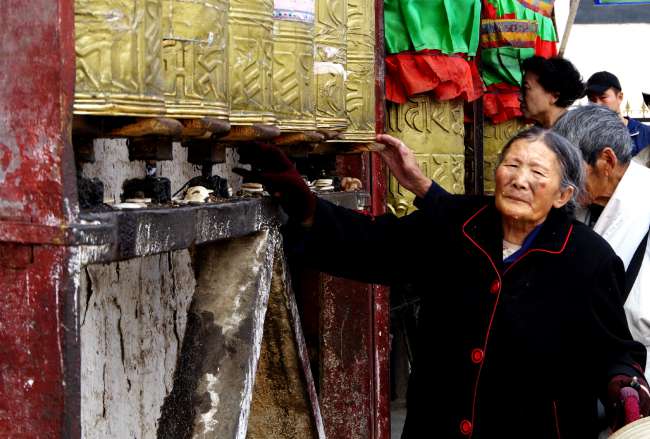
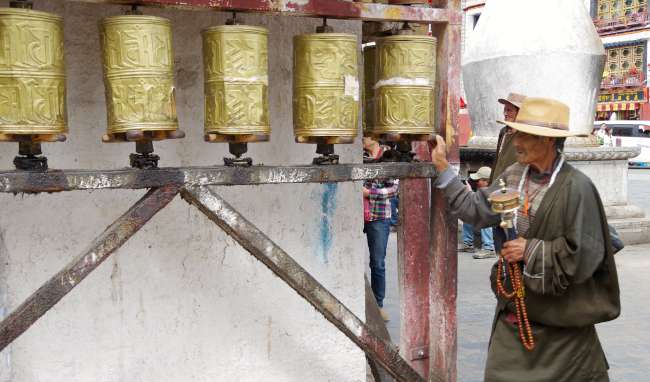
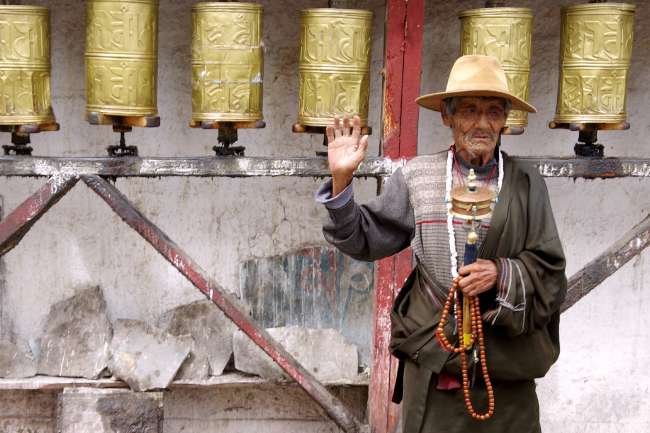
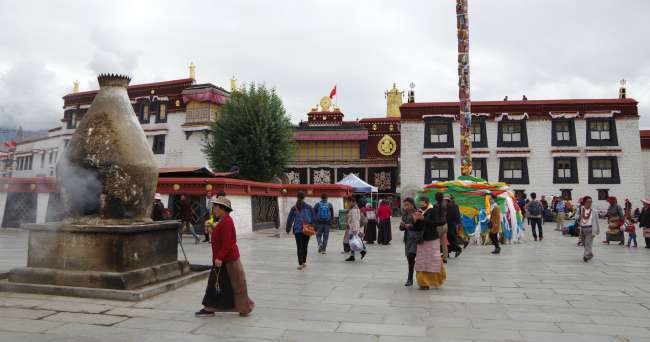
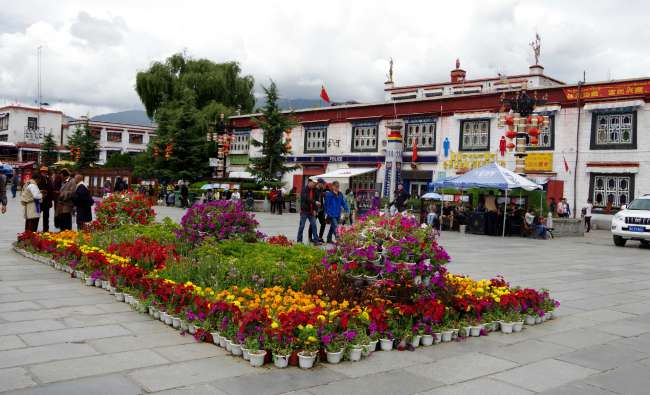
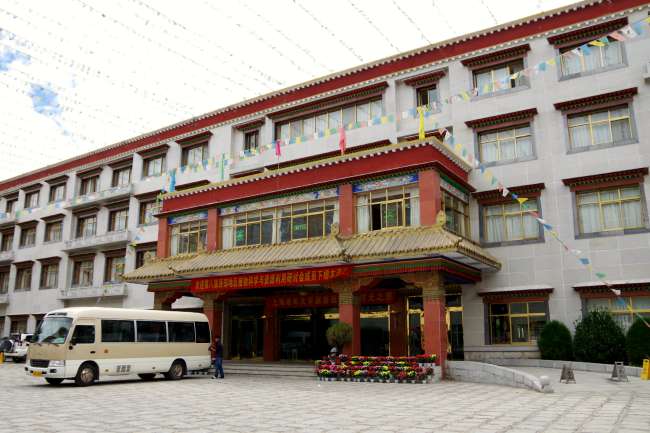
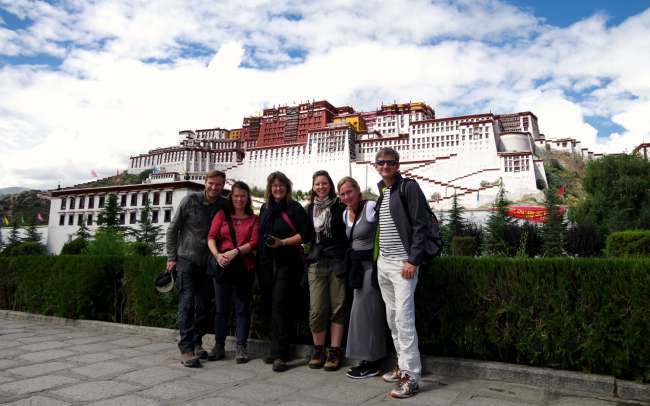
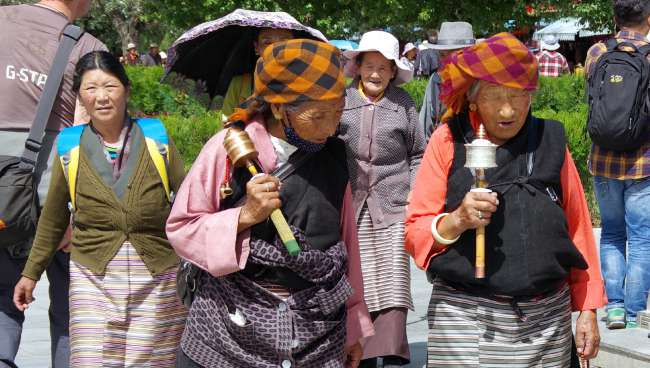
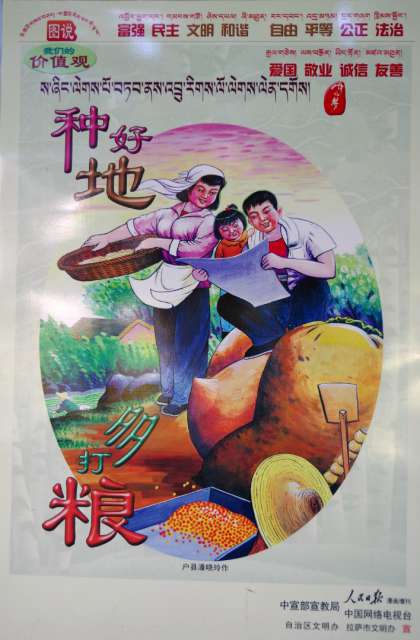
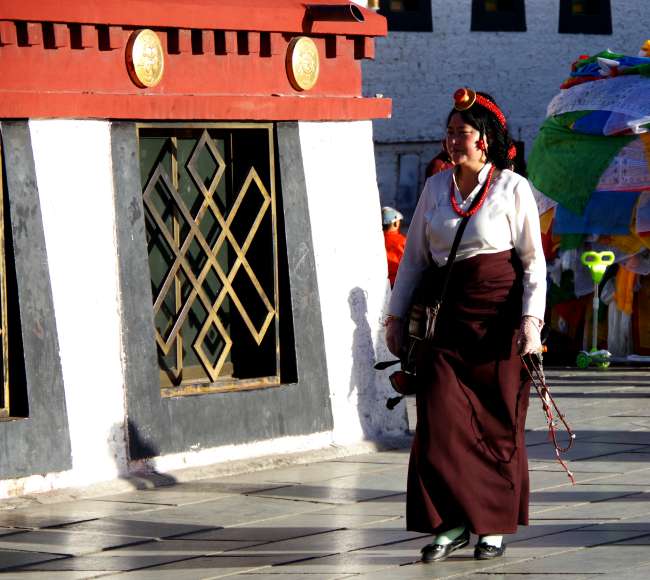
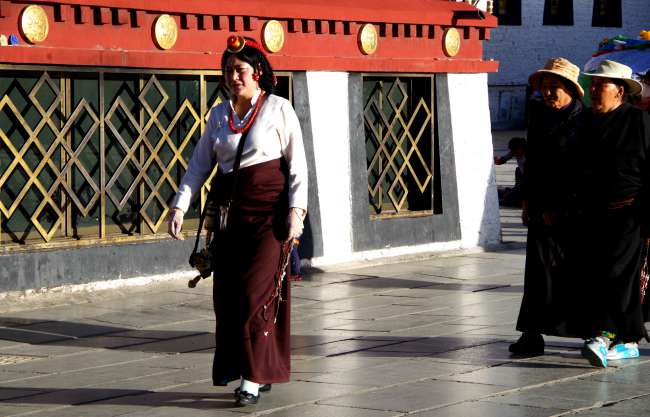
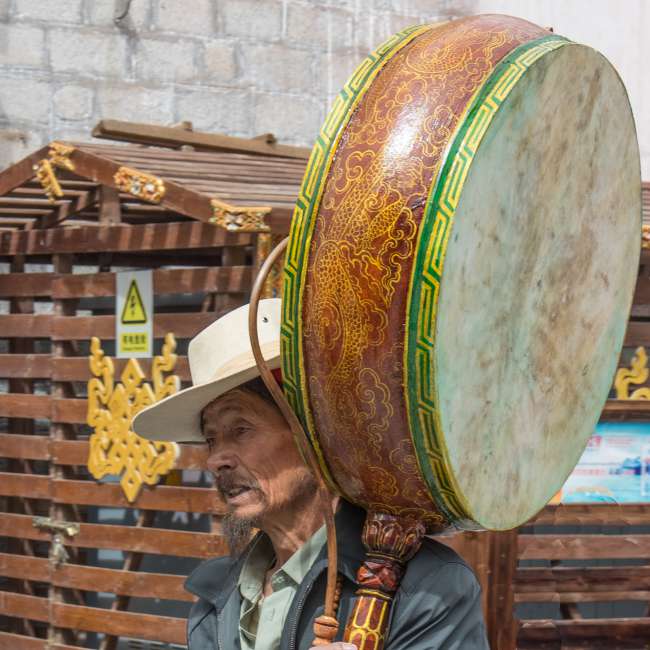
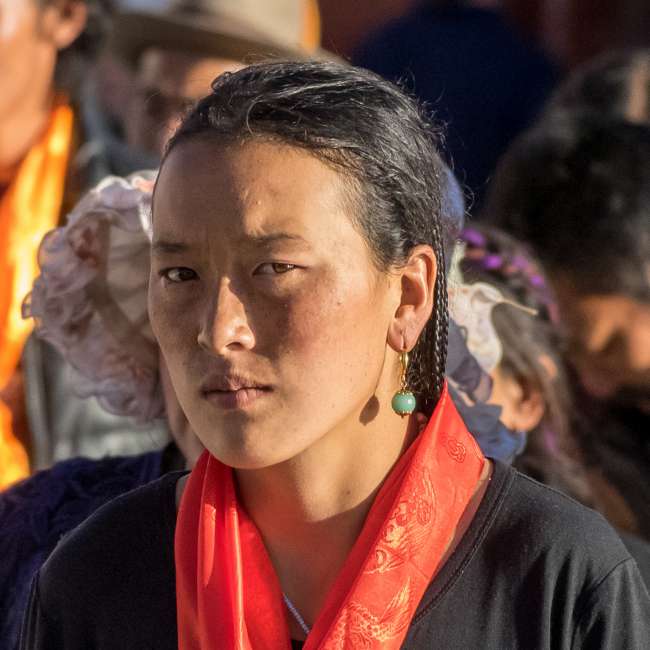
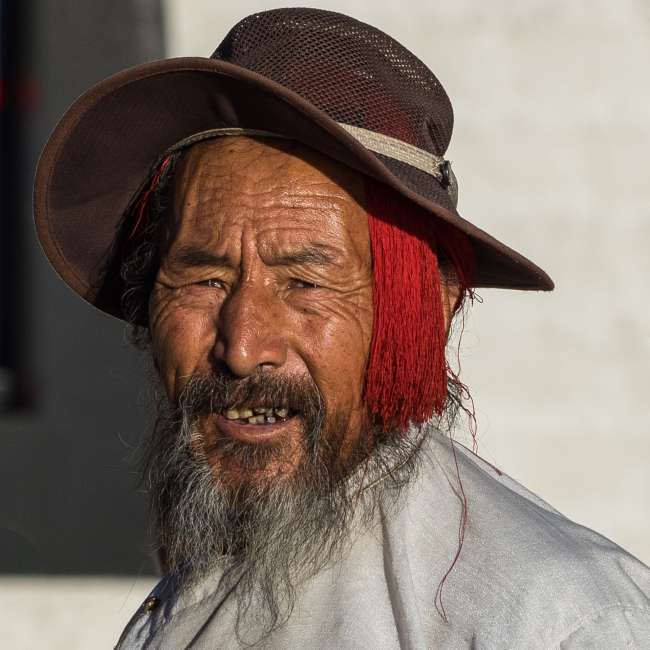
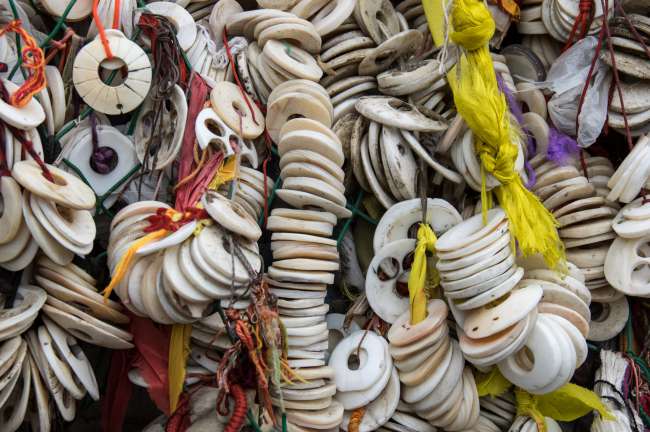
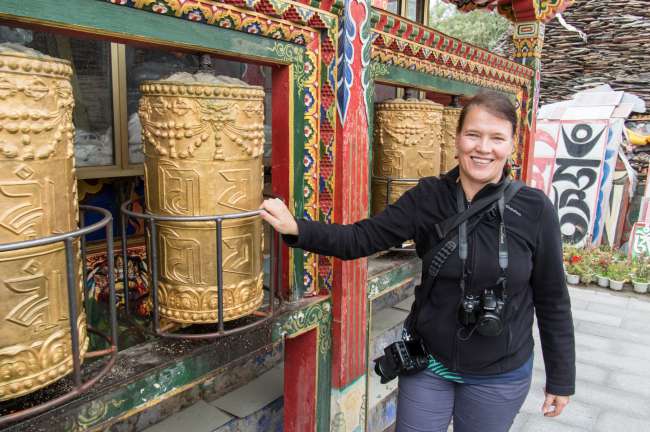
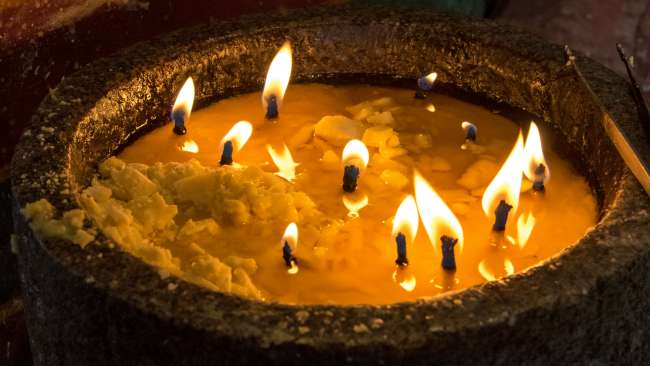
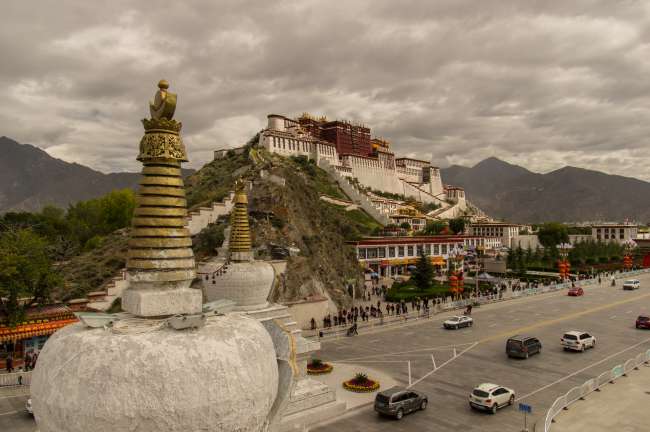
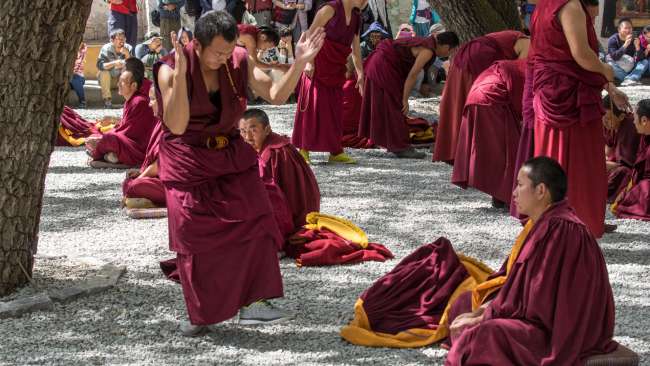
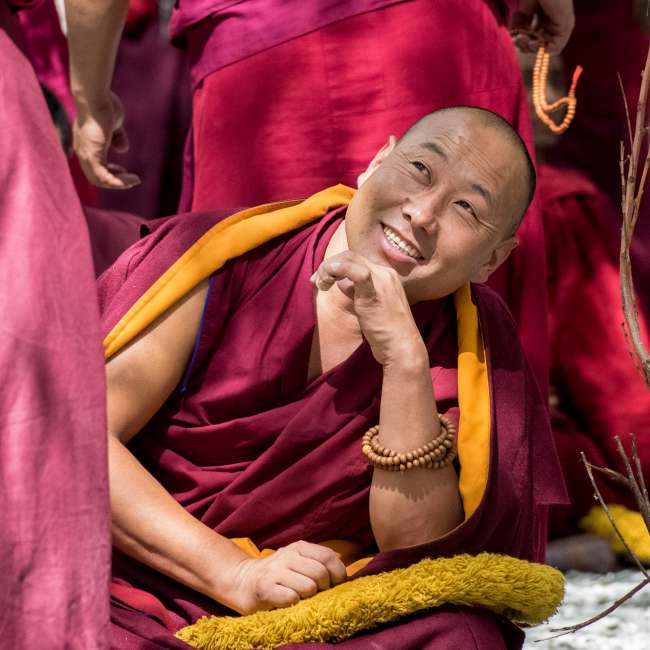
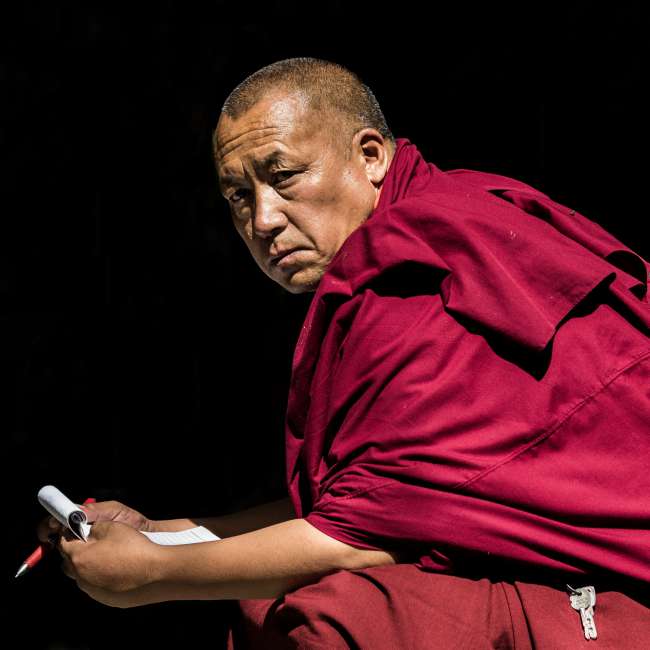
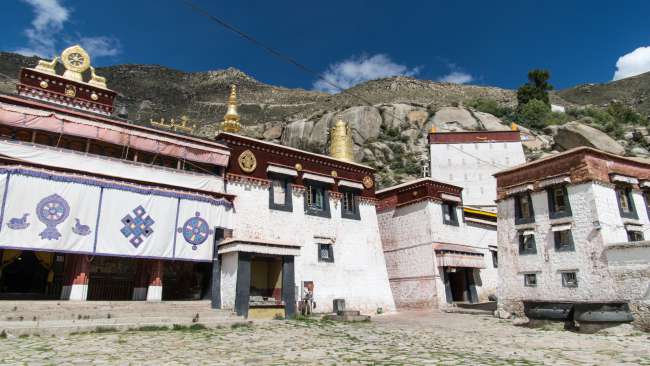
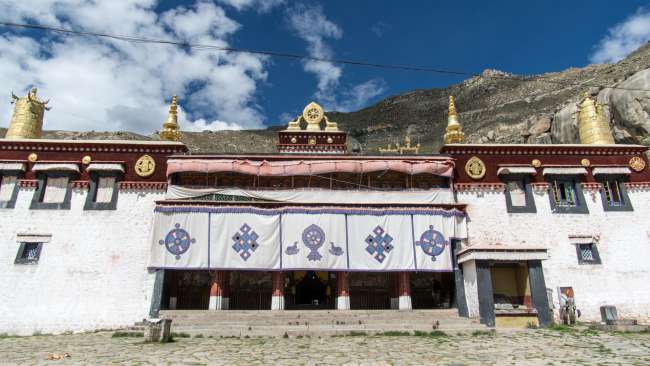
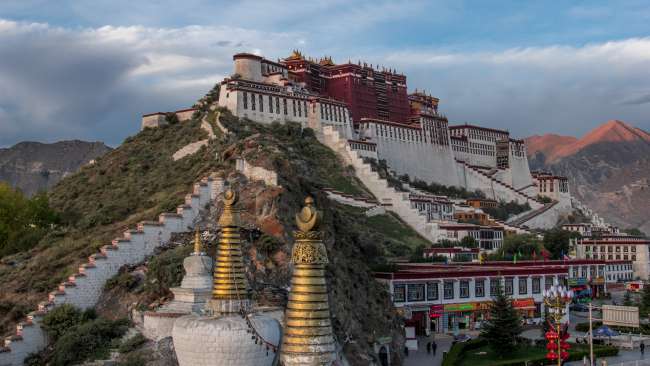
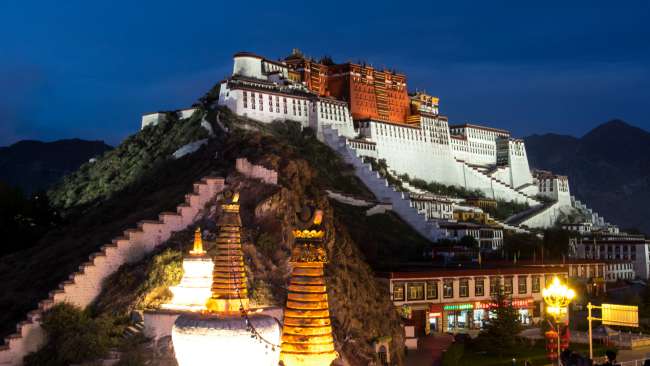
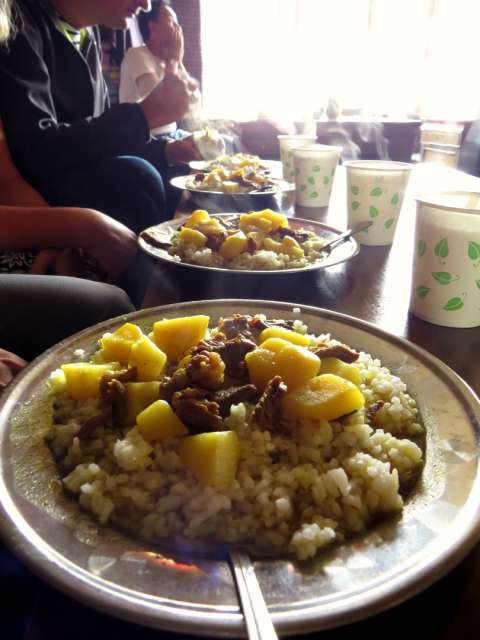
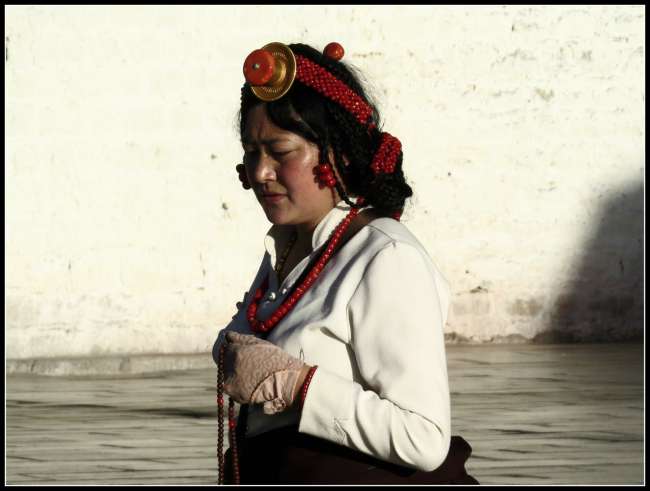
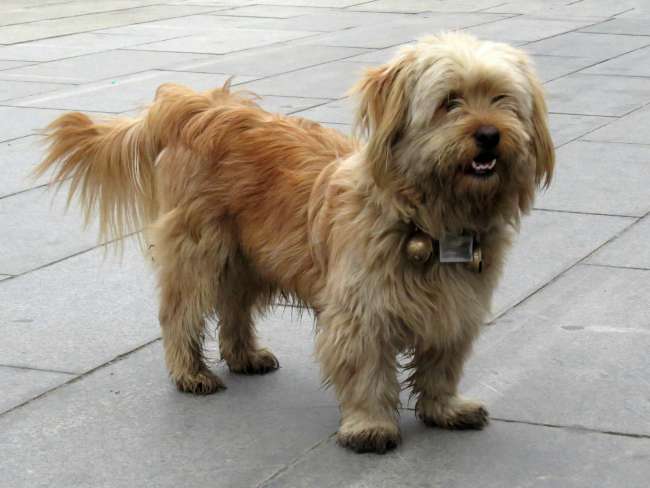
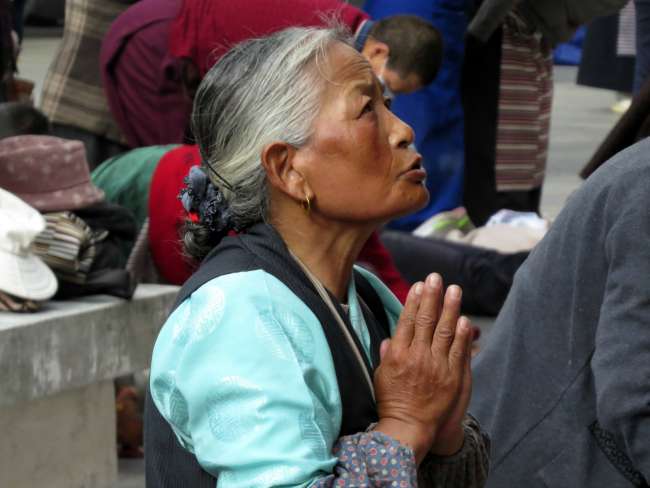
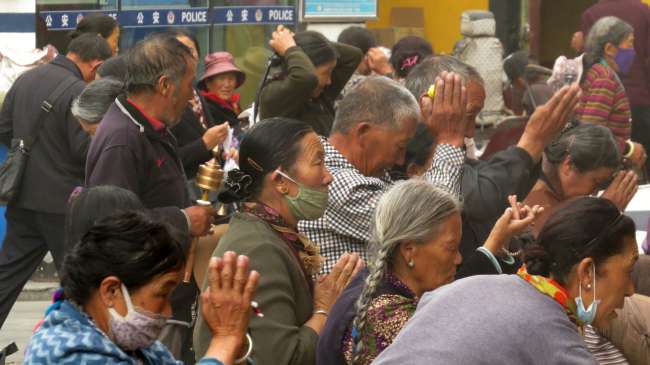
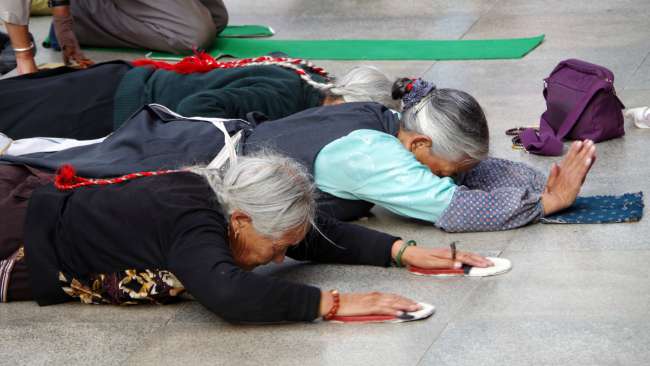
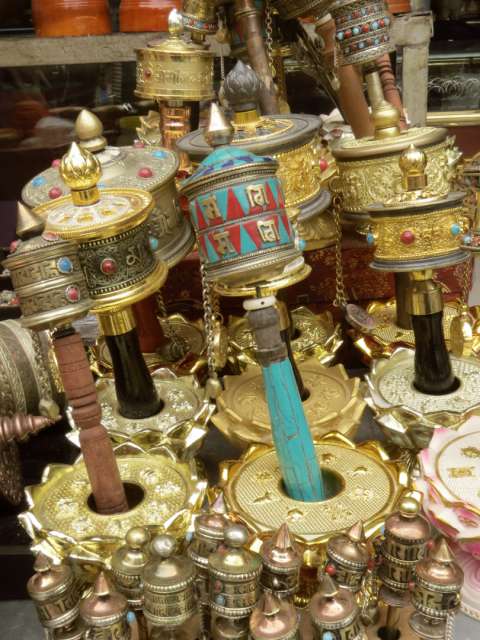
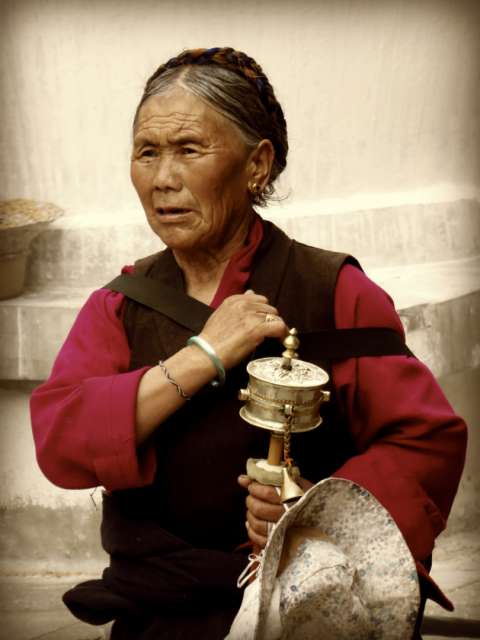
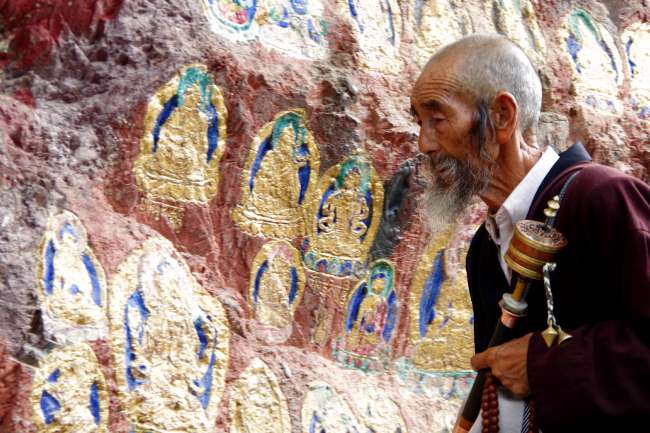
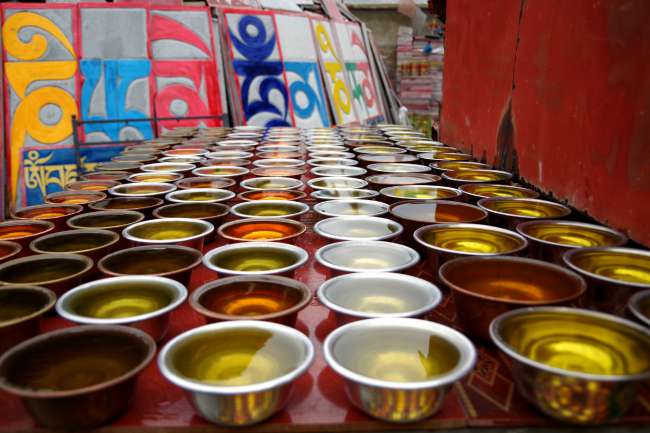
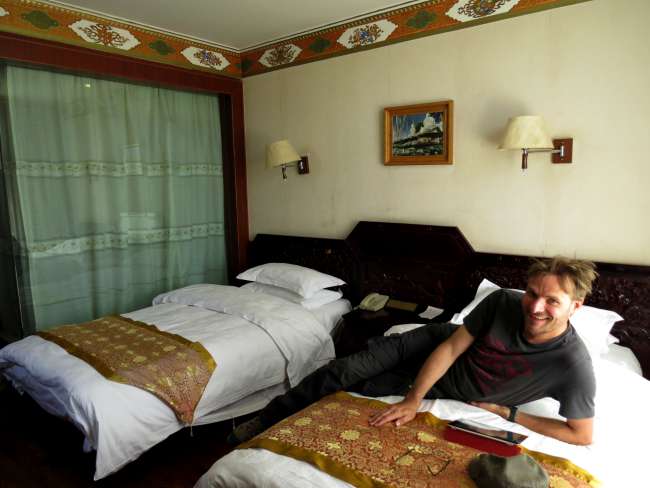
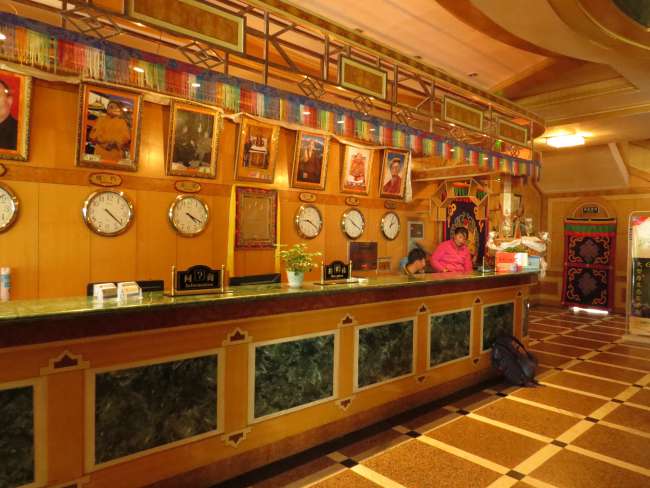
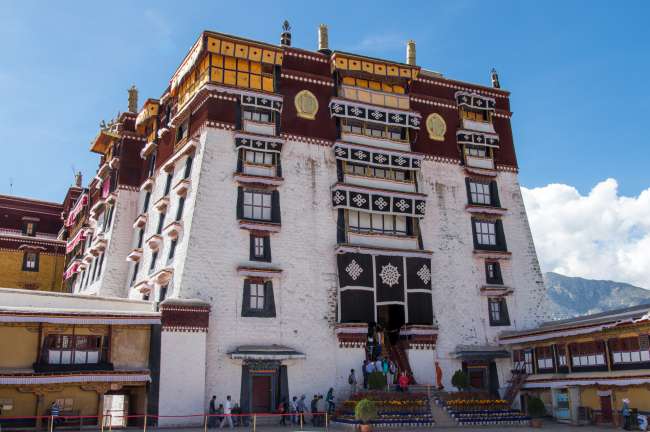
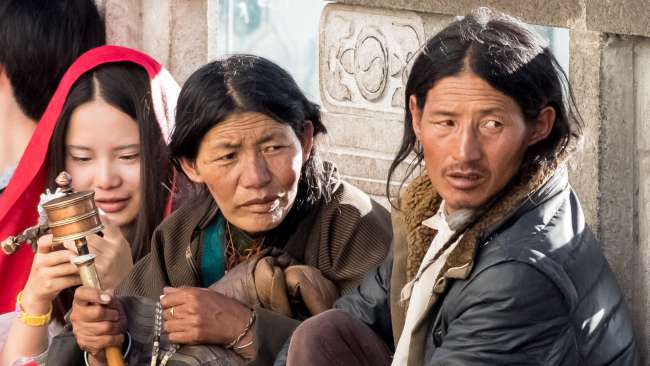
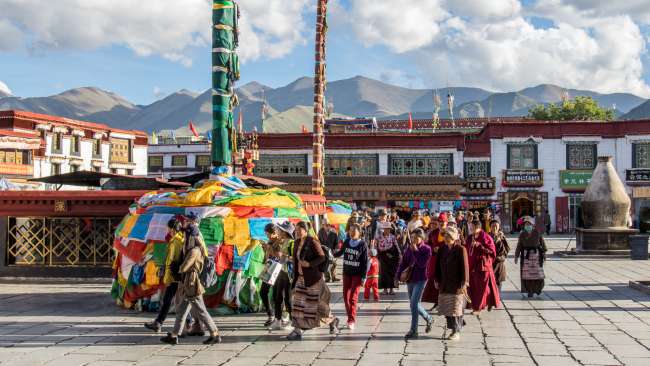
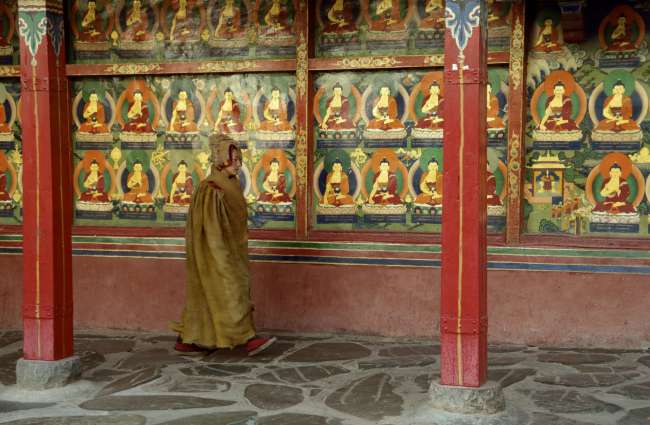
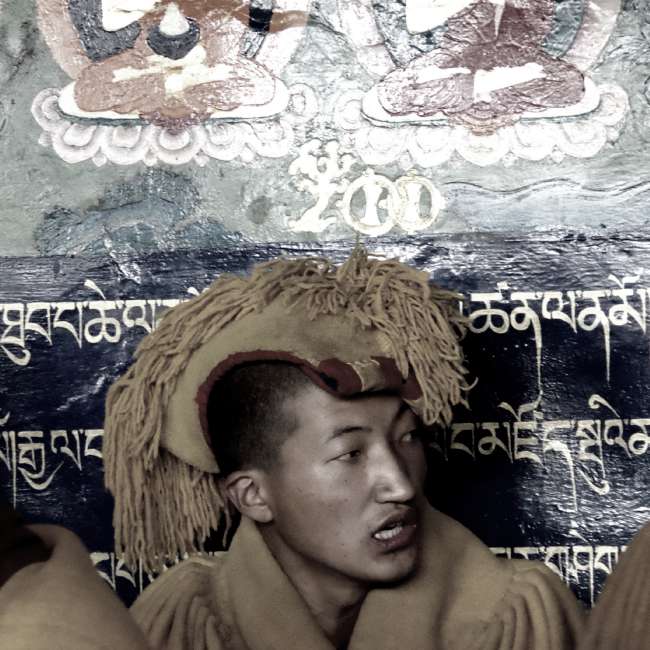
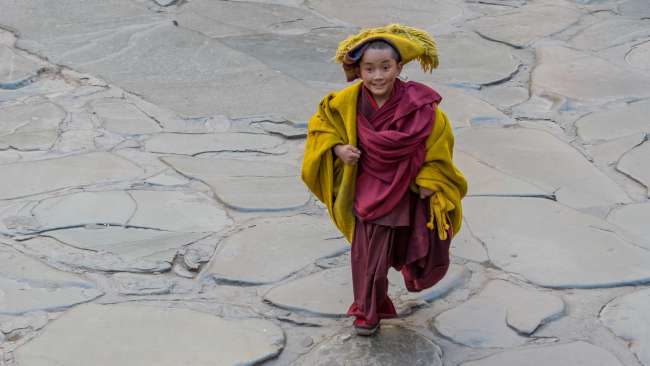
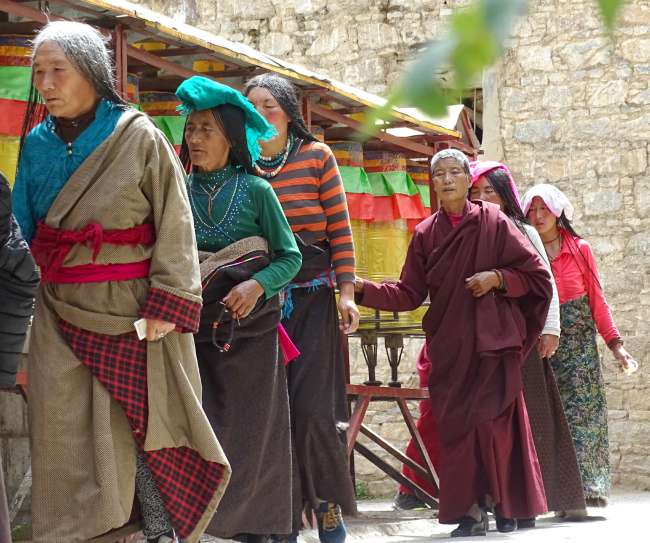
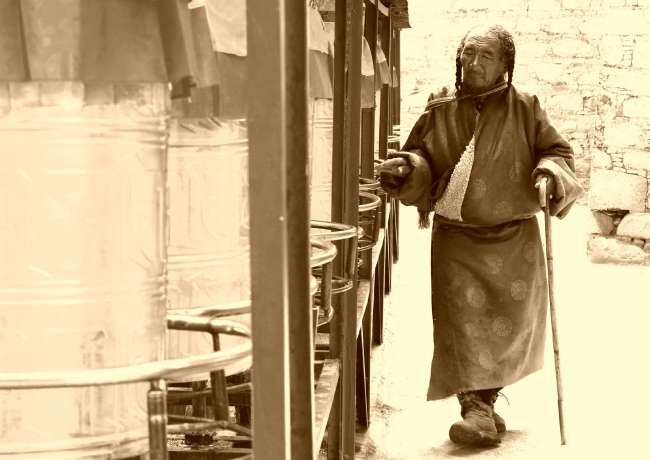
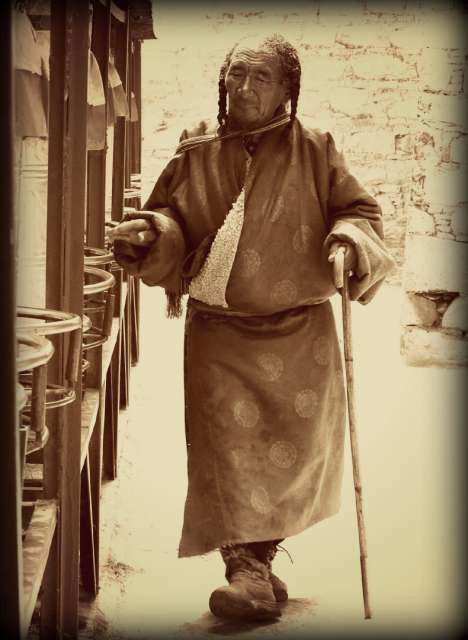
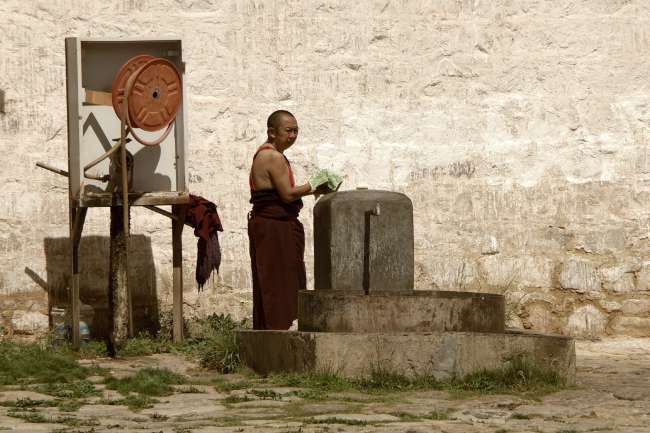
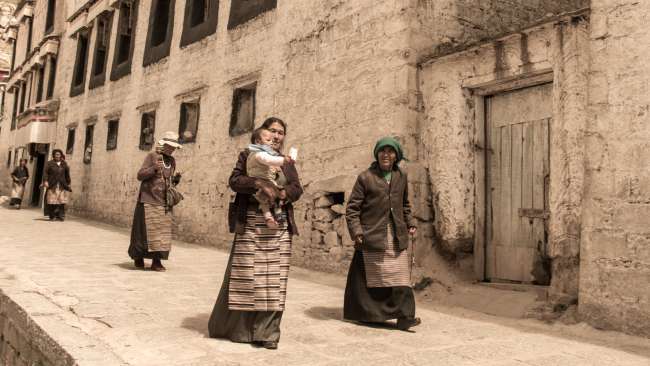
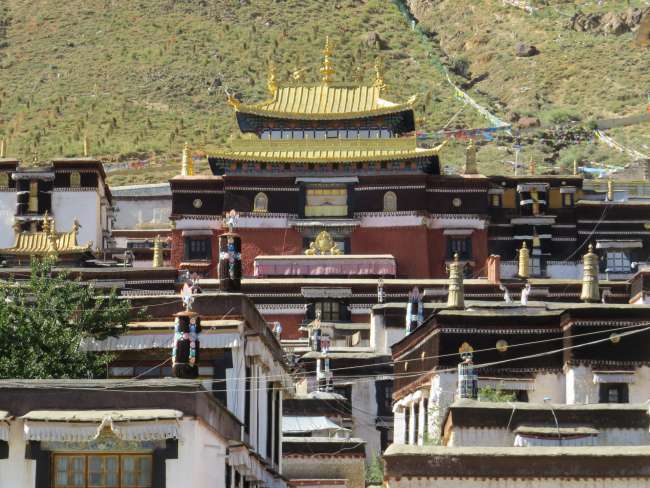
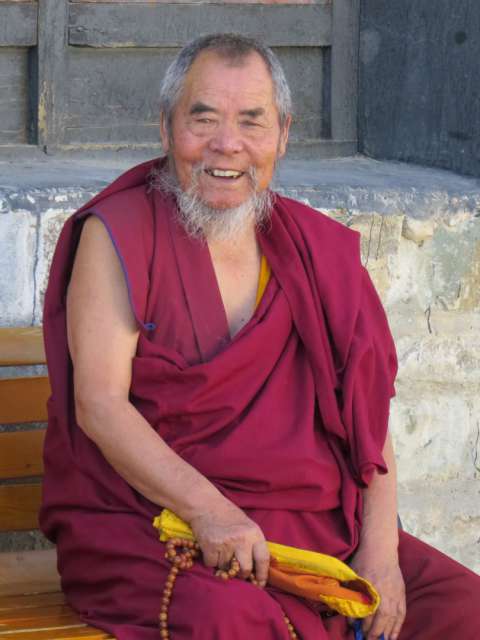
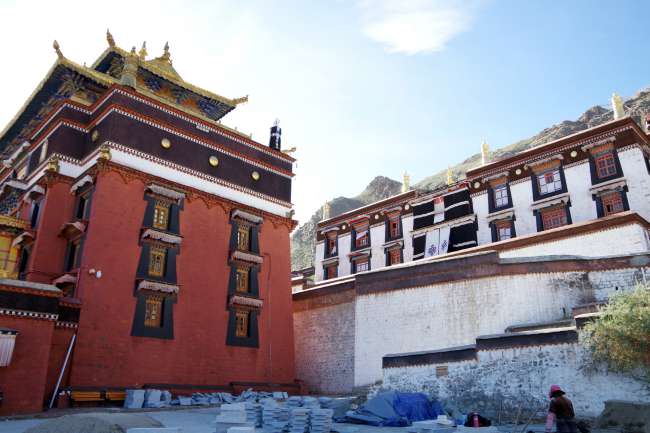
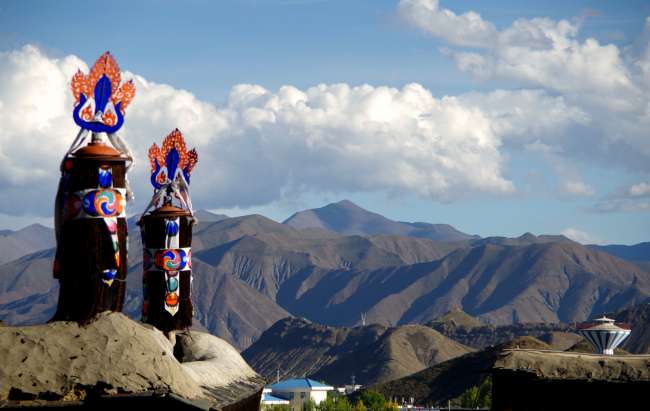
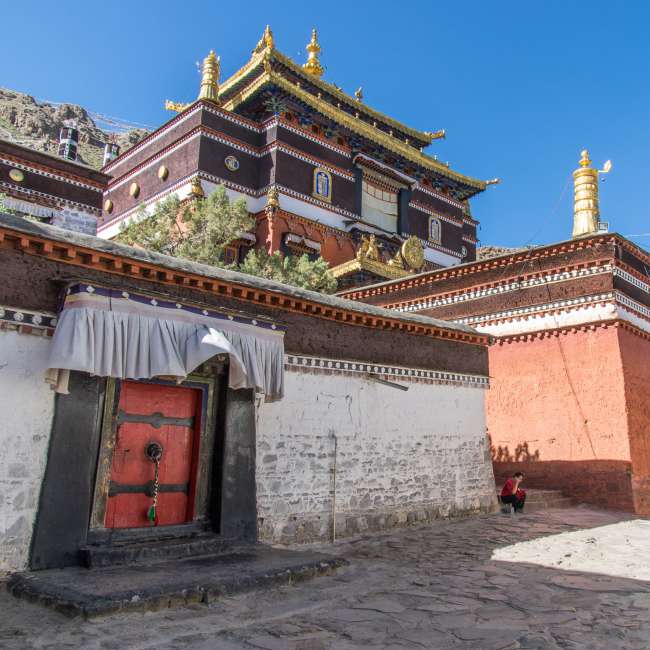
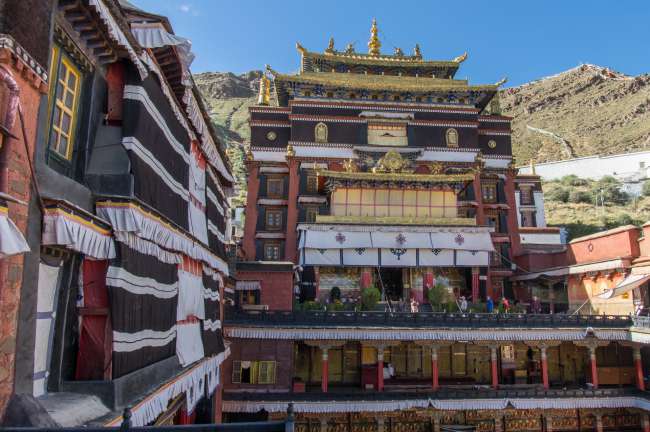
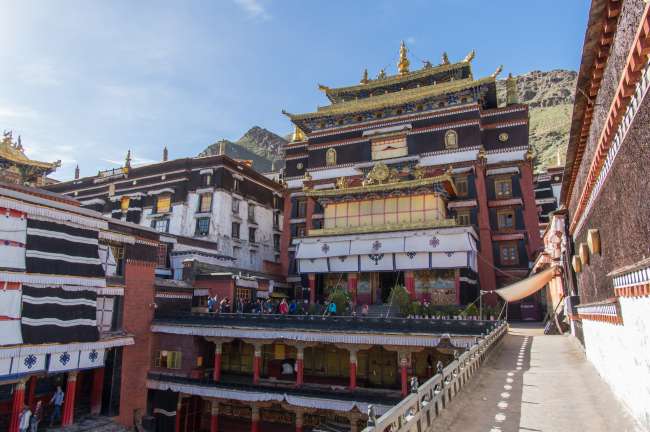
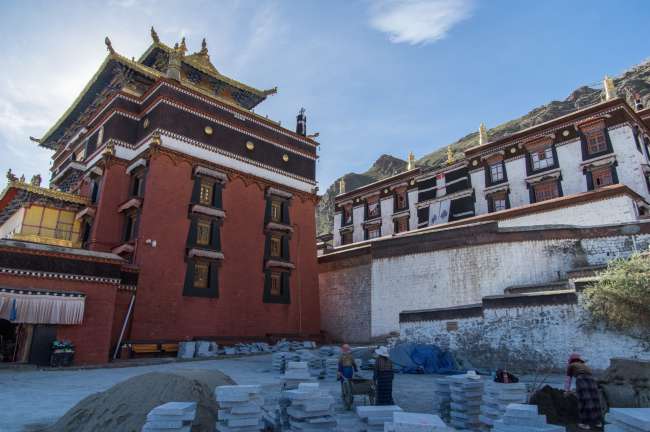
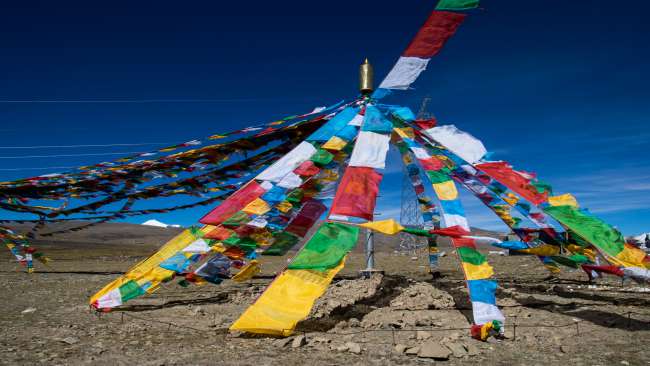
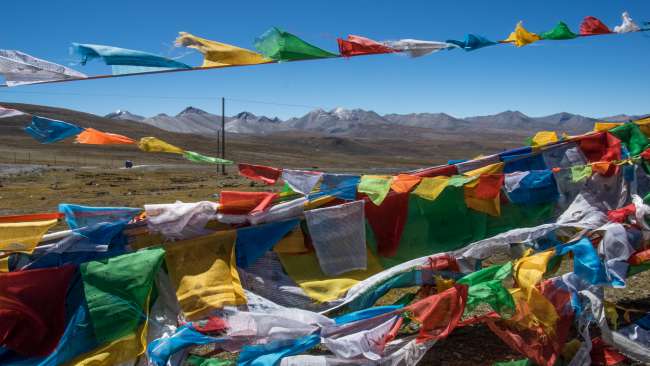
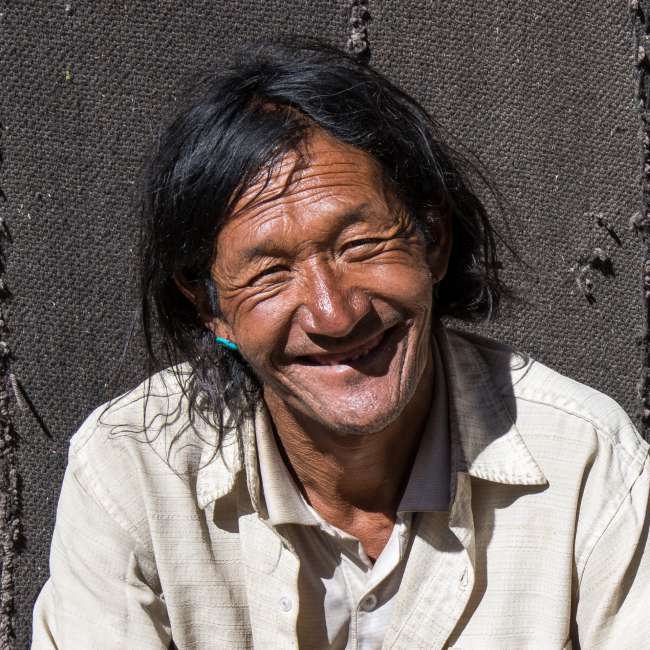
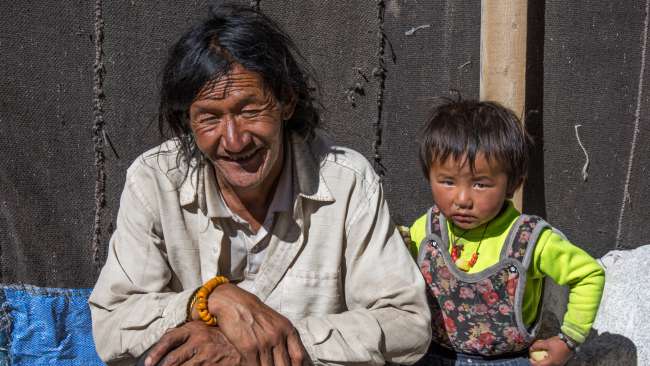
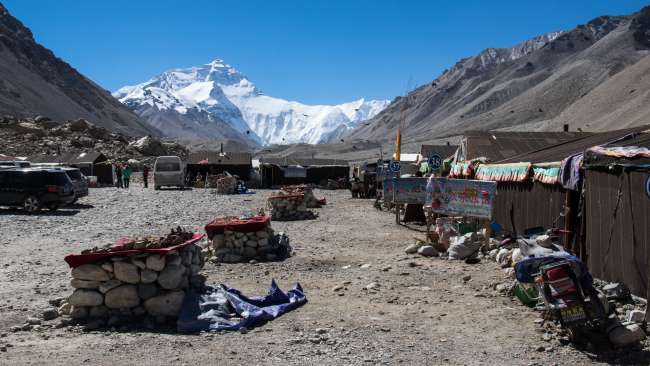
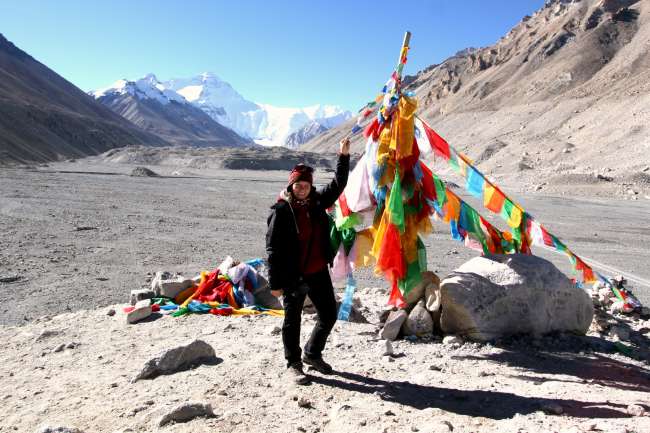
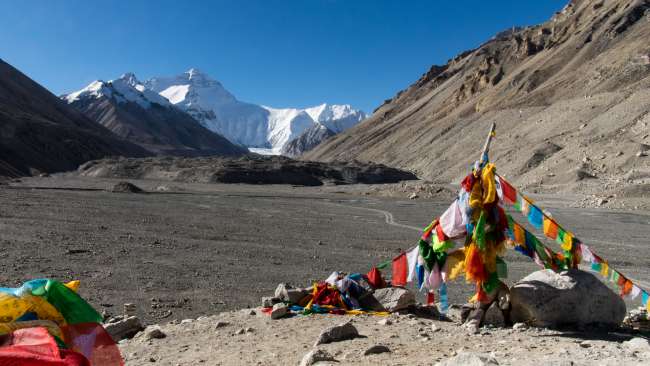
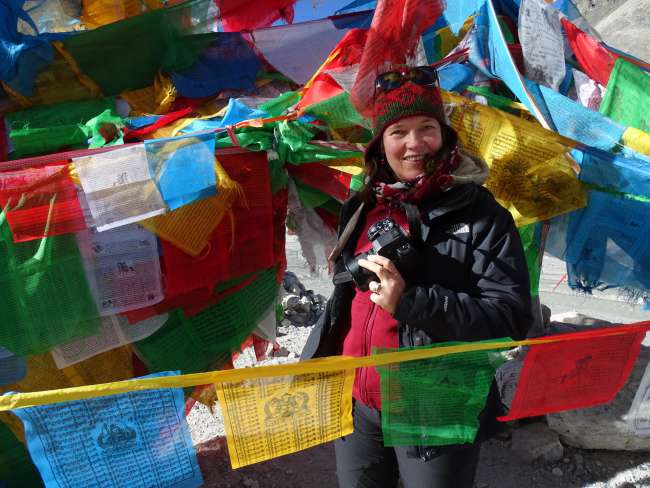
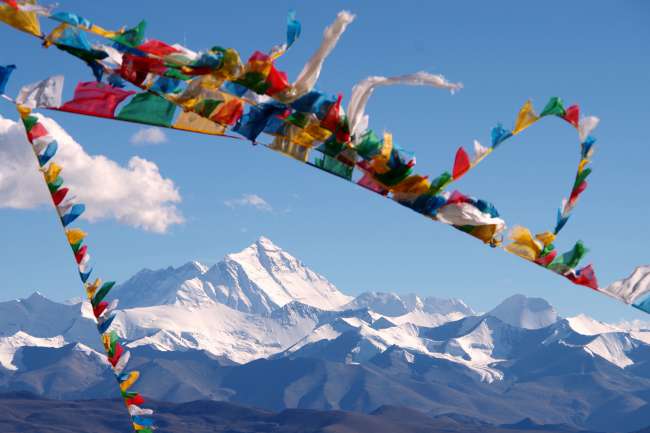
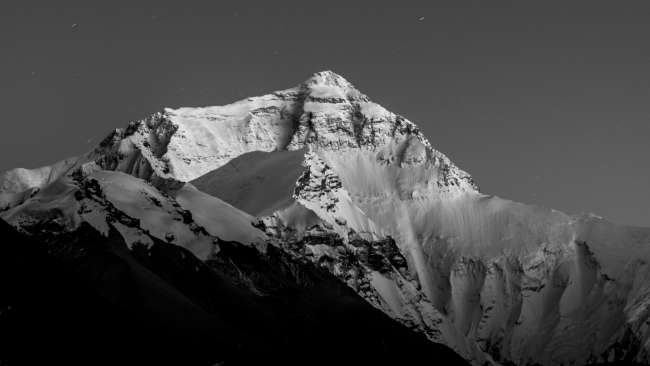
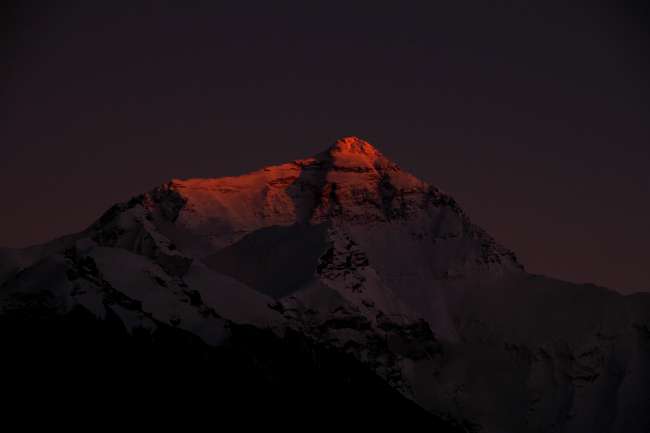
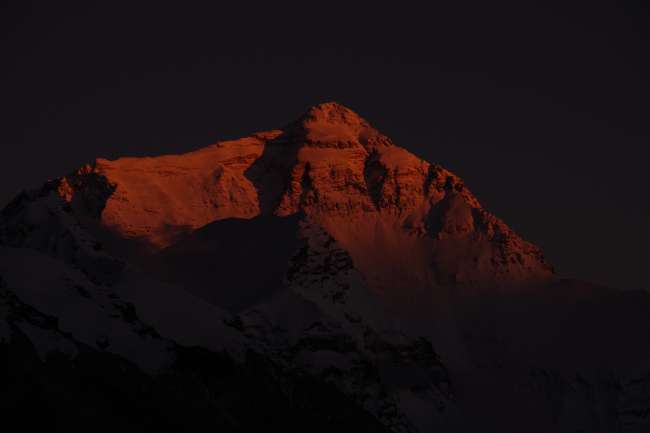
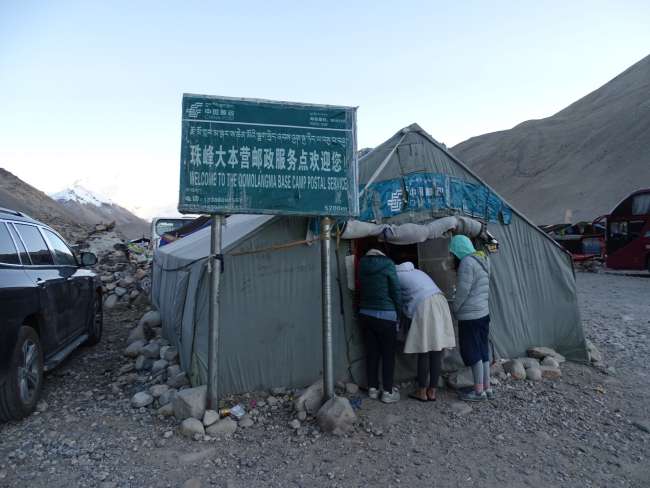
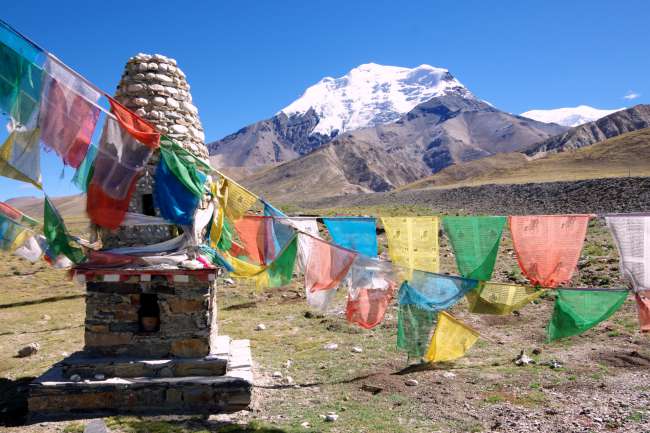
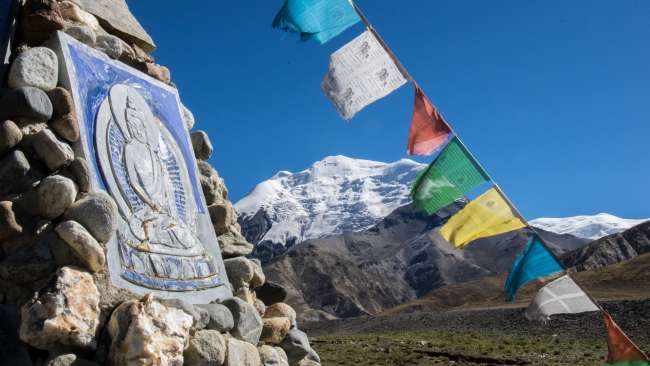
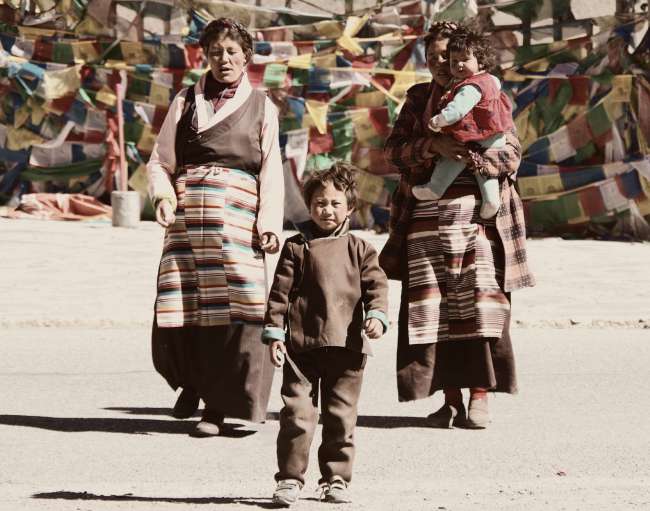
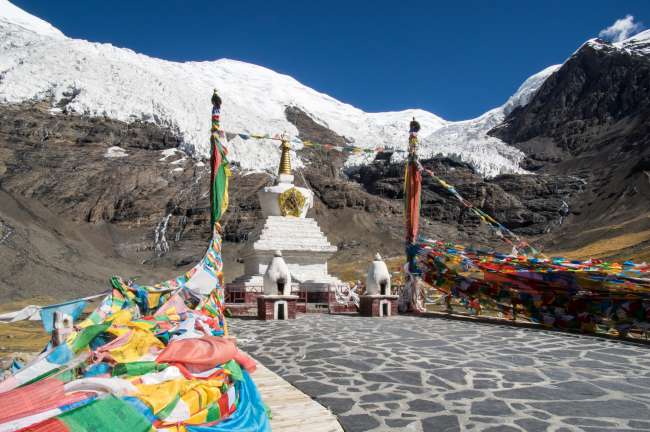
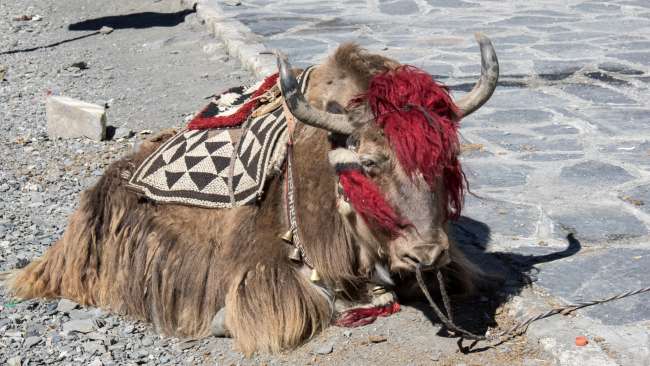
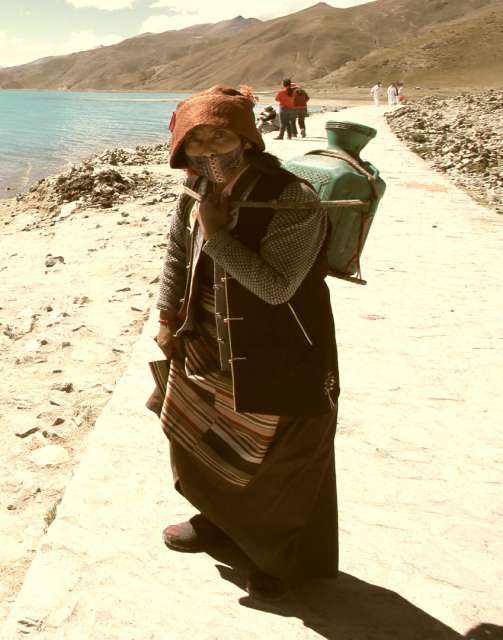
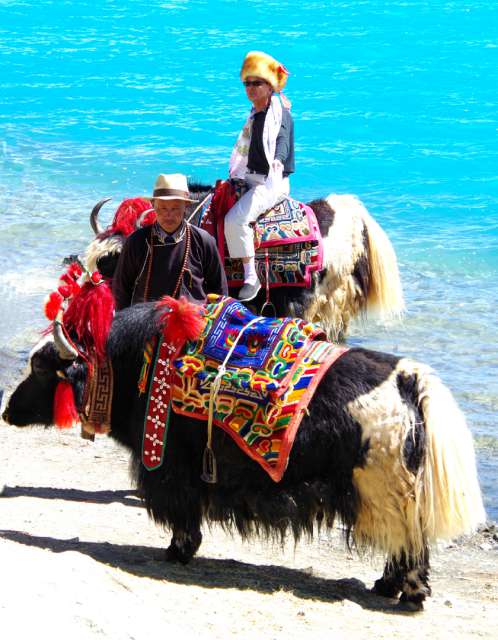
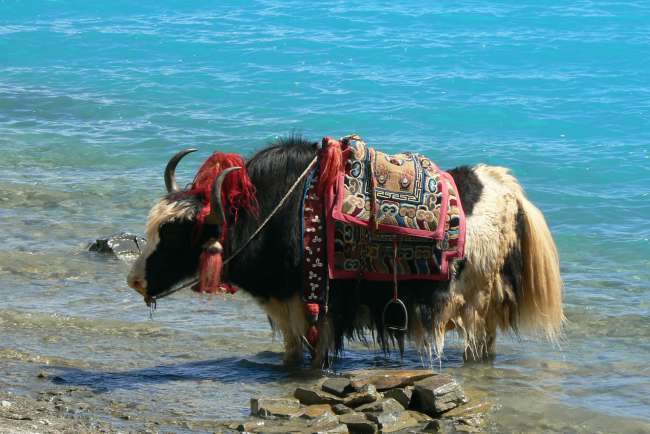
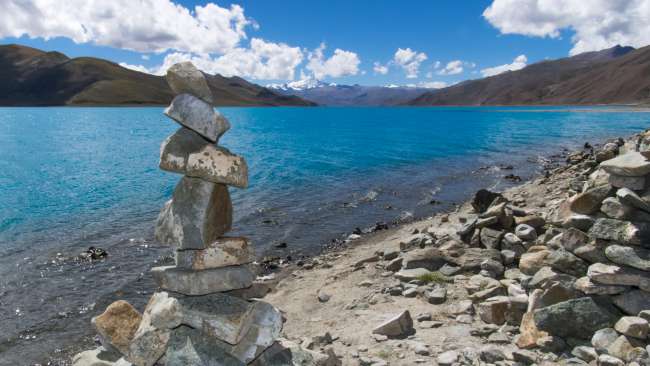
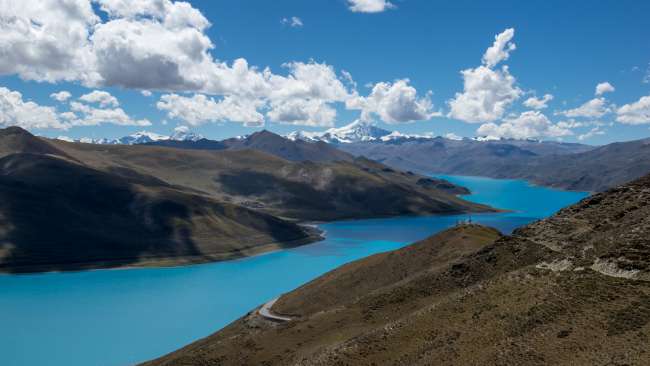
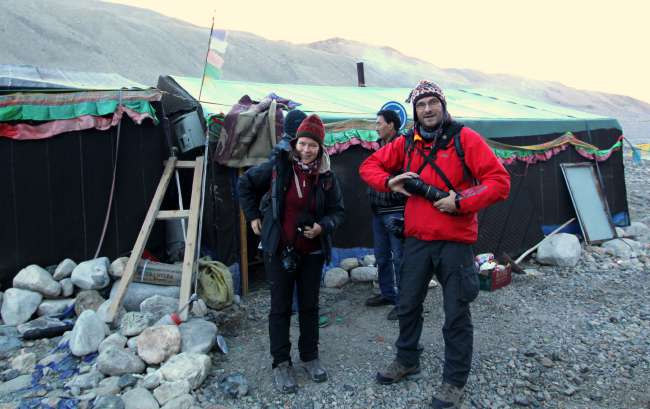
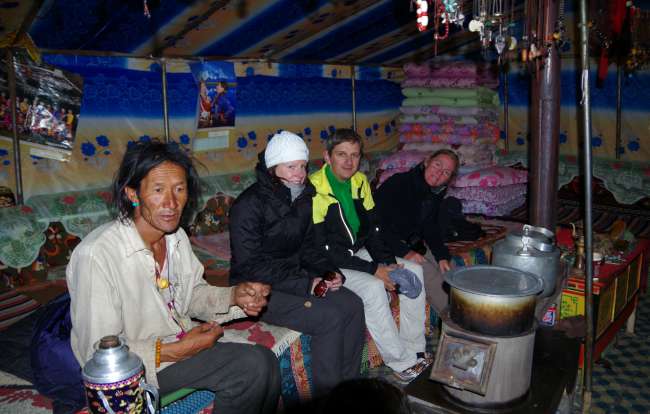
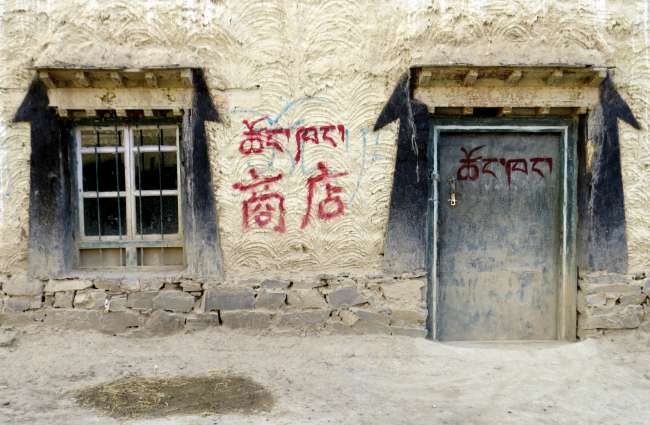
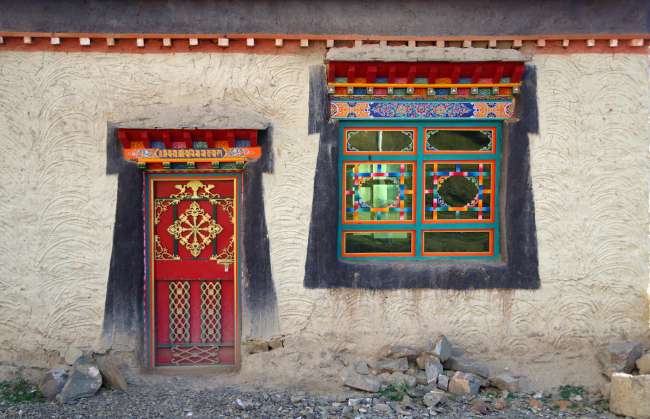
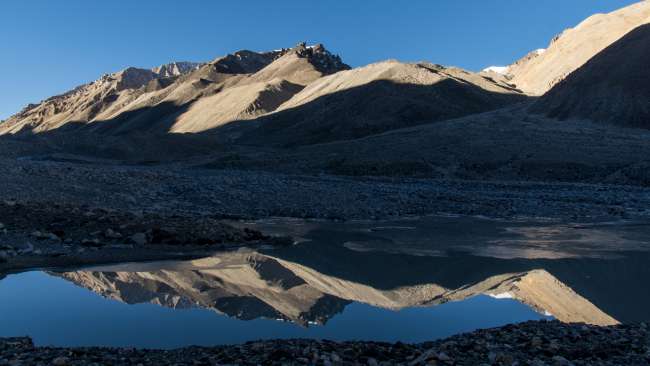
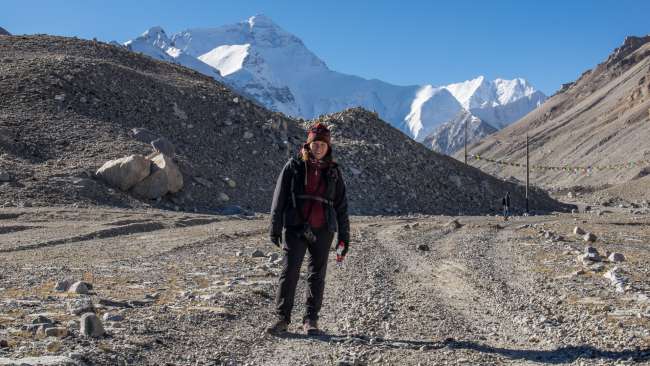
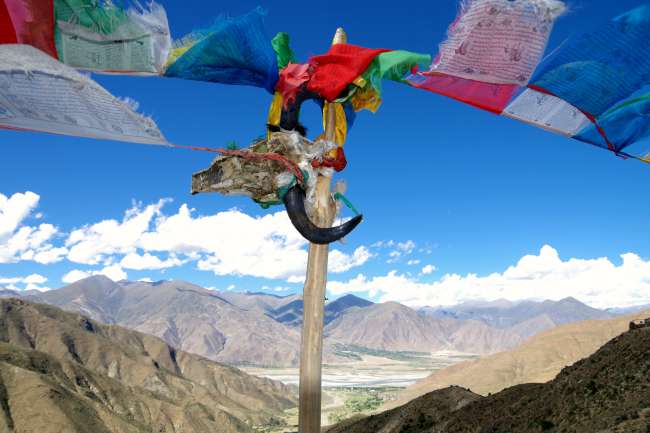
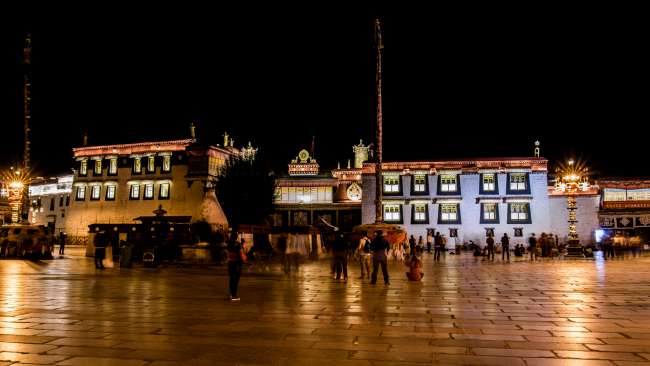
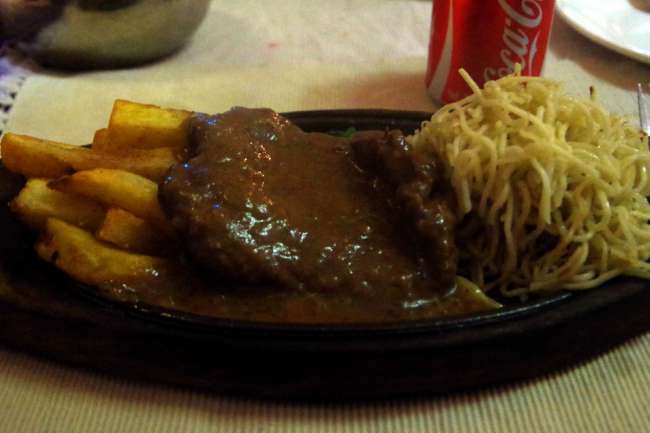
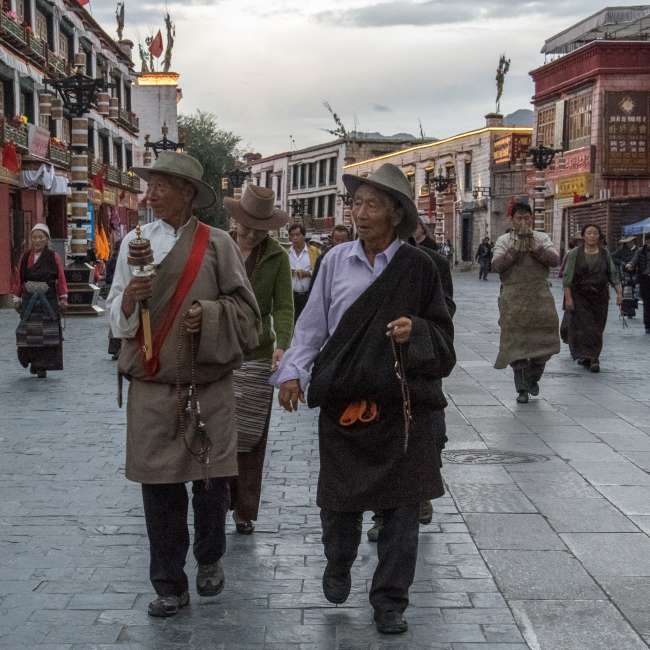
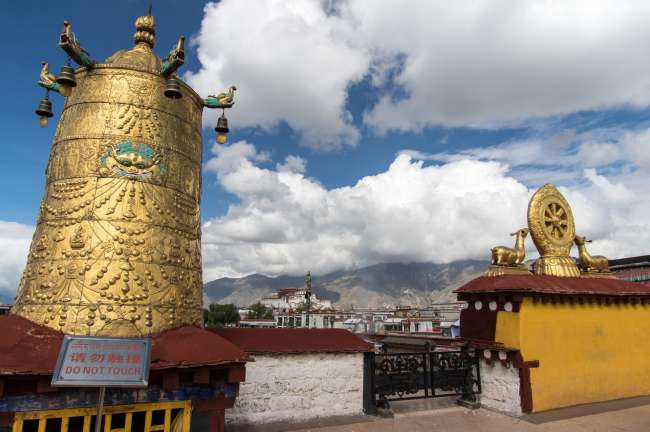
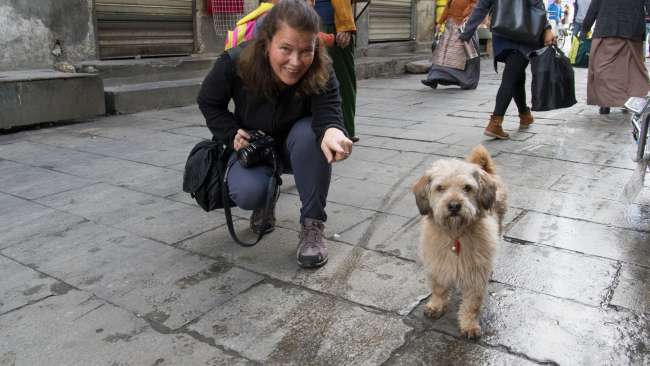
Zapisz się do newslettera
Lhasa, the Forbidden City
After the train journey from Beijing via Xian to Lhasa had already been an experience in itself, we were even more excited about the forbidden city. I would like to give a big shout-out to our organizer, Tibet Vista. Everything was well organized and we generally got an upgrade in our hotels - especially the one in Lhasa impressed us.
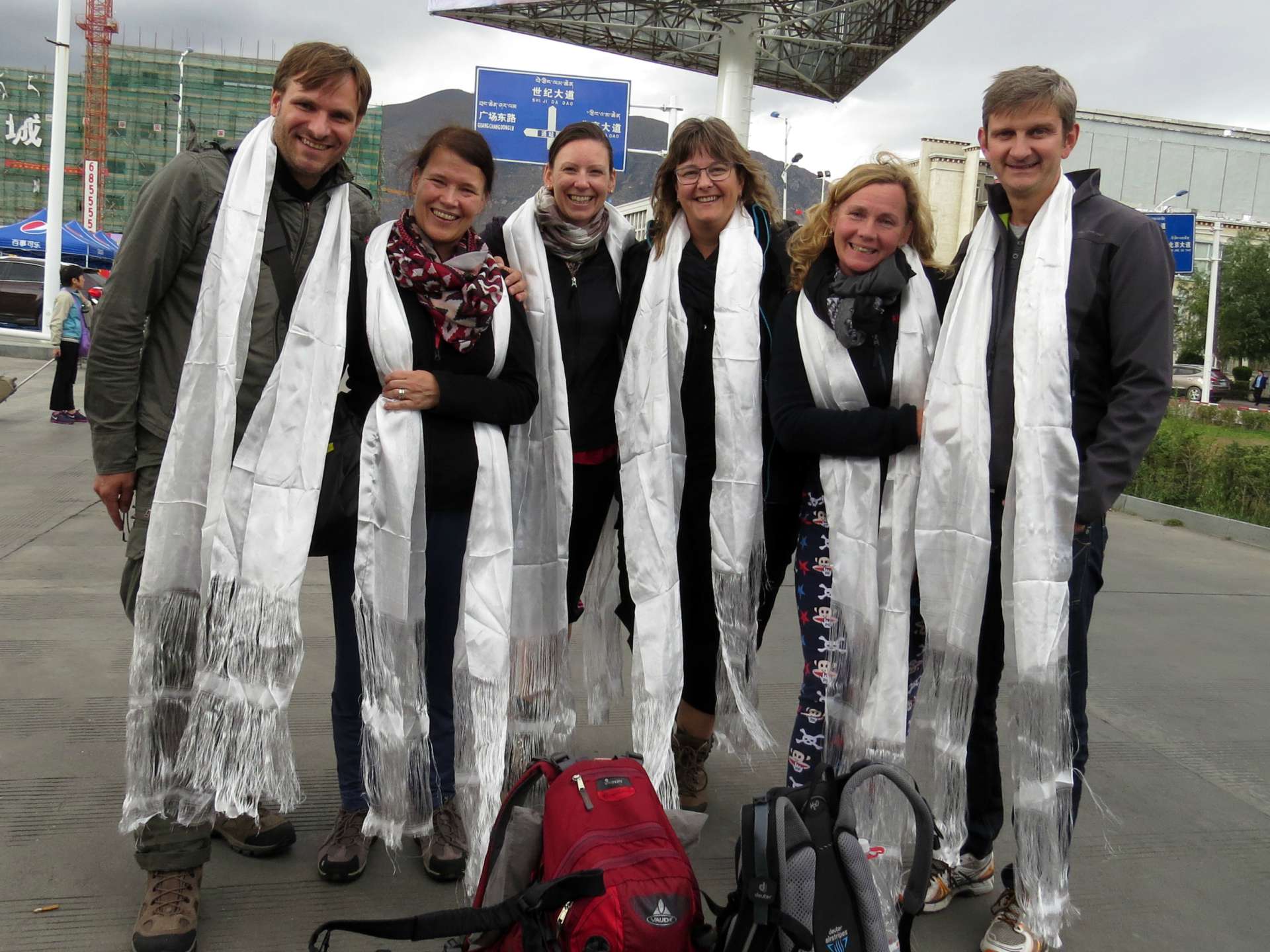
We drove to our hotel, which was traditionally colorful with comfortable 4-star comfort, comparable to Western hotels.
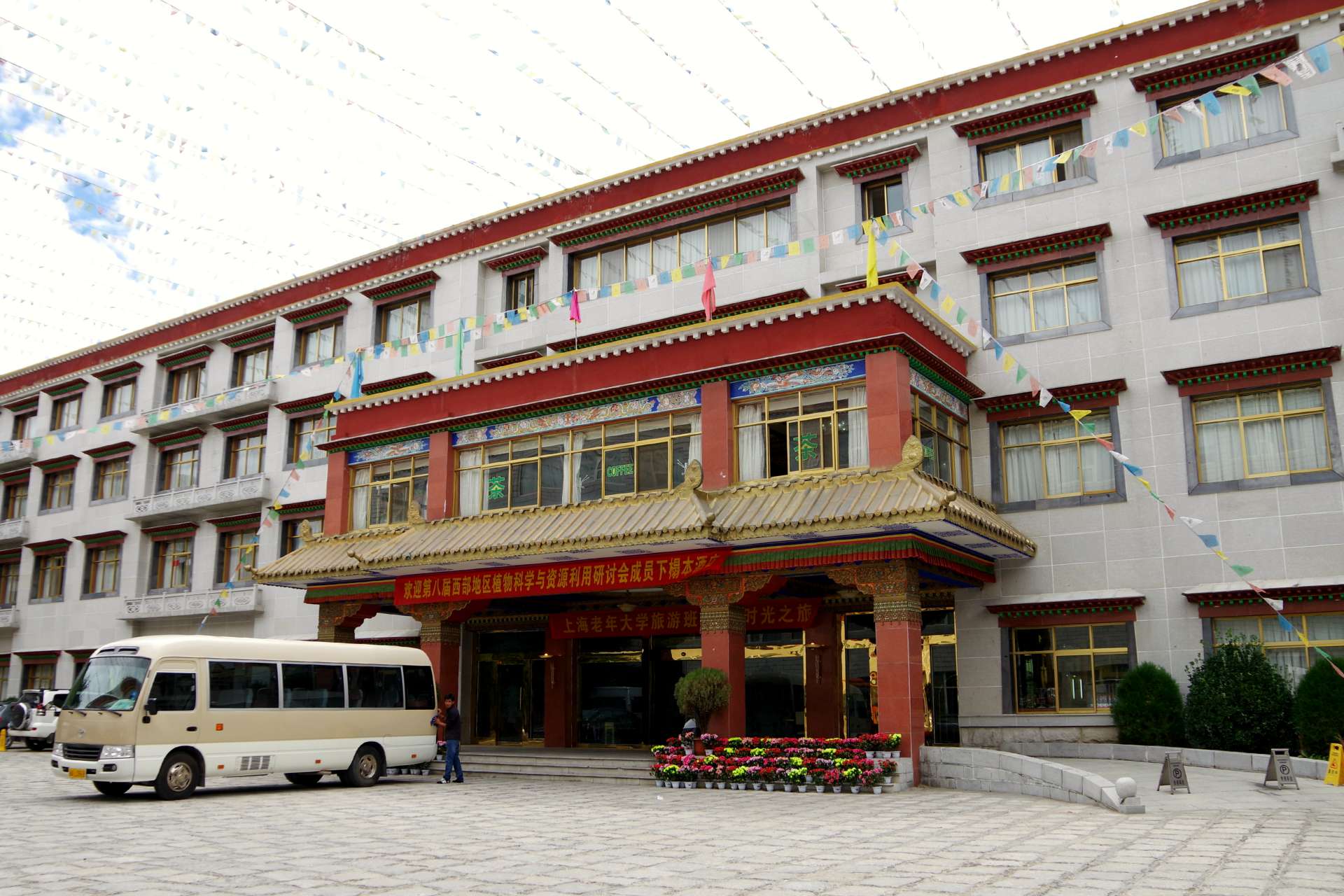
Our house was within walking distance of the Barkhor (ring road, former market street - around the old town) and on the first day, Tenzing surprised us with a beautiful stroll through Old Lhasa. We had to pass through a security gate before entering the Barkhor, our bags were scanned (due to too many suicide attempts by desperate Tibetans in recent years) and there we were in the deeply religious life of Tibetan Buddhism. Many Tibetans pilgrimage around the Barkhor every day to the Jokhang Temple or around the Potala Palace. Some Tibetans even pilgrimage all day, measuring the pilgrimage routes with their own bodies.
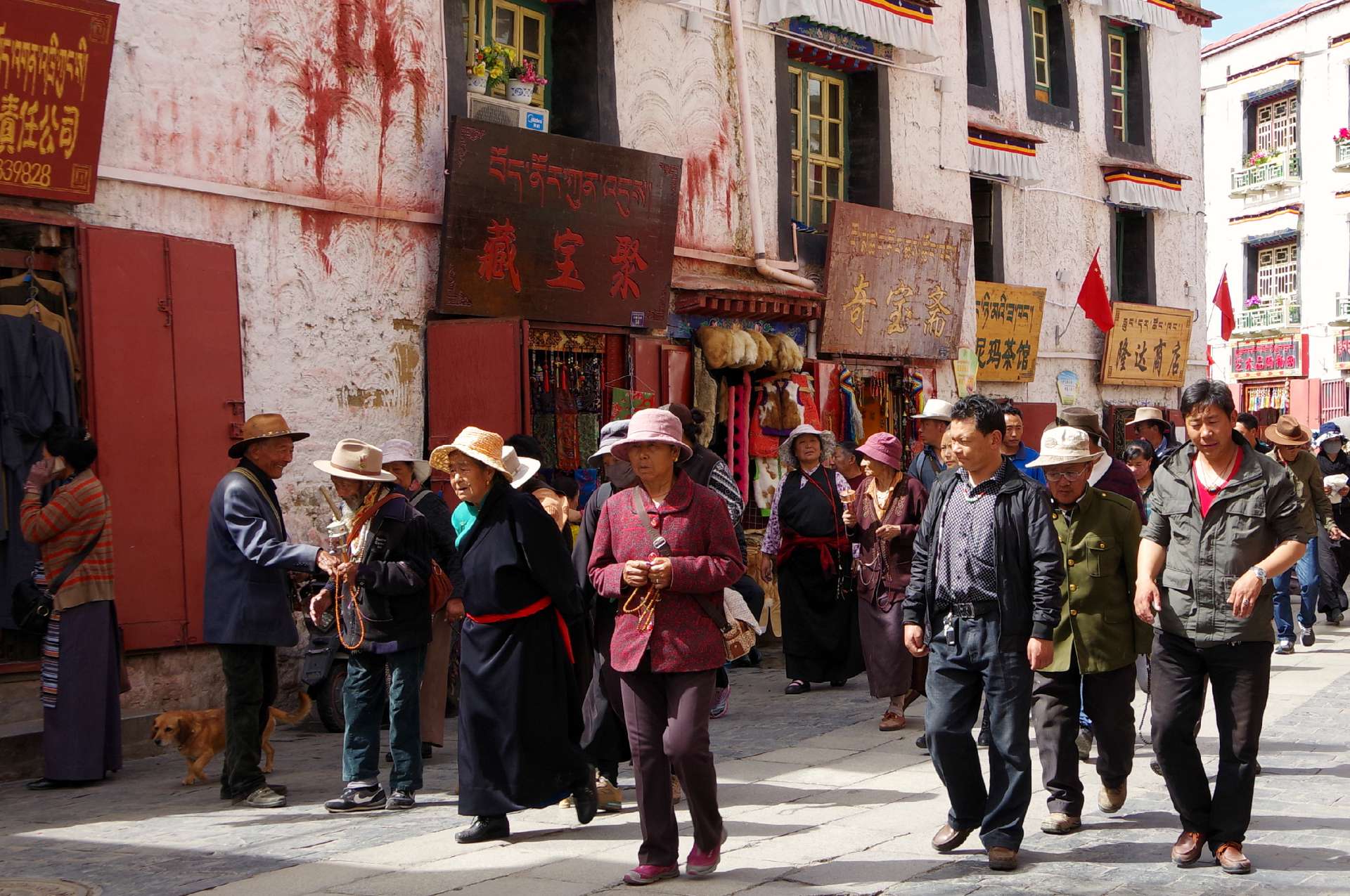
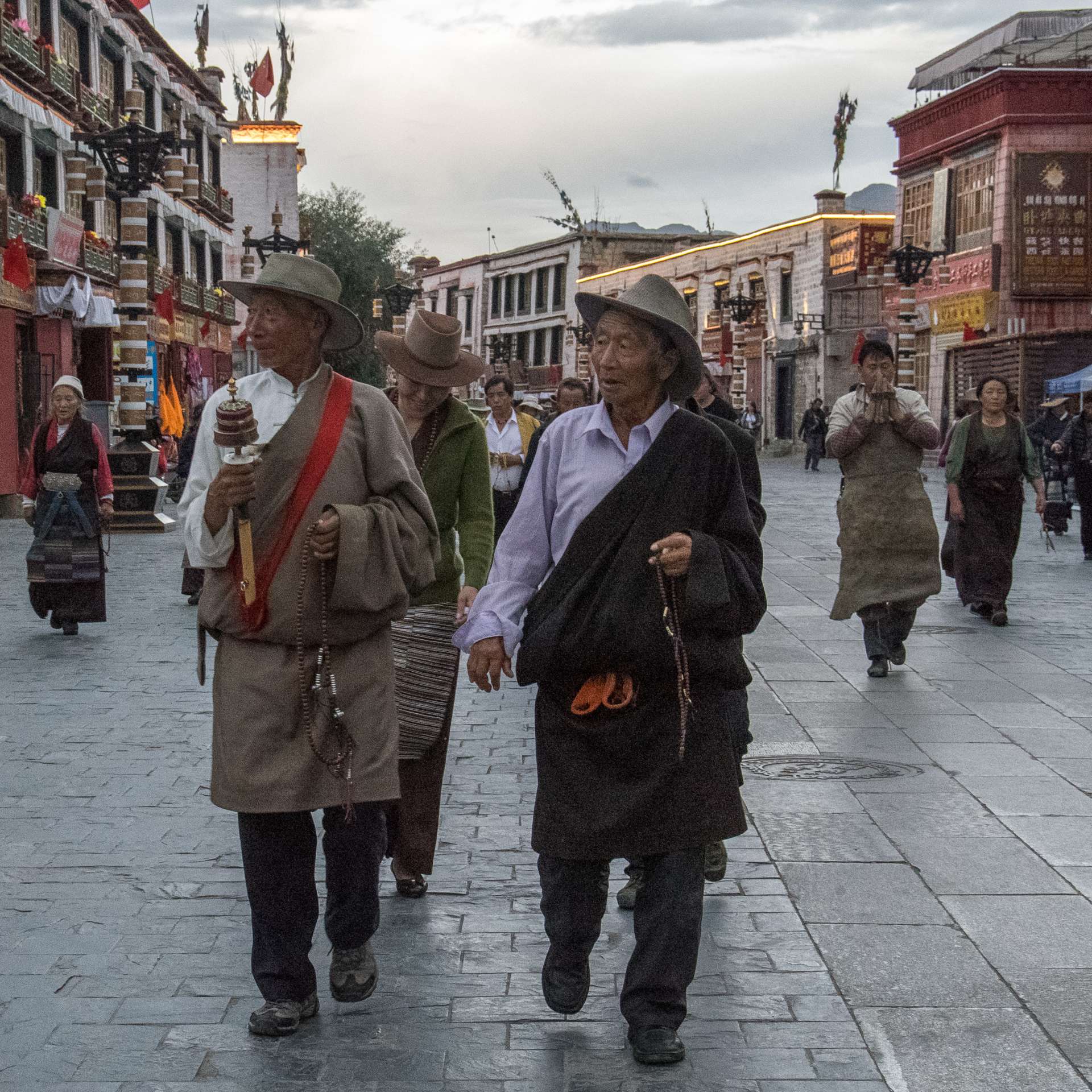
An impressive sight, how religion is lived so vividly and deeply. We were amazed by the masses of people walking the streets to the Jokhang Temple as darkness fell and could not get enough of the picturesque scene.
Our first dinner was at the New Mandala Restaurant, which would become our favorite restaurant in Lhasa for the next few days. The Tibetan cuisine doesn't offer much variety. Tibetans eat Tsampa, a pleasure that we spared ourselves, and drink yak butter tea. I already knew this from Nepal and it still makes me shudder when I hear the name. In essence, everything is quite fatty and nutritious, as Tibetans have to take precautions for the harsh winters. The small amount of vegetables was noticeable, a dish of lamb, rice, potatoes, and lots of butter corresponds to the Tibetan reality. In larger restaurants, you can see the Chinese and Nepalese influences - although the Chinese food was bland, the Dal Bhat was usually the best option for the main meal.
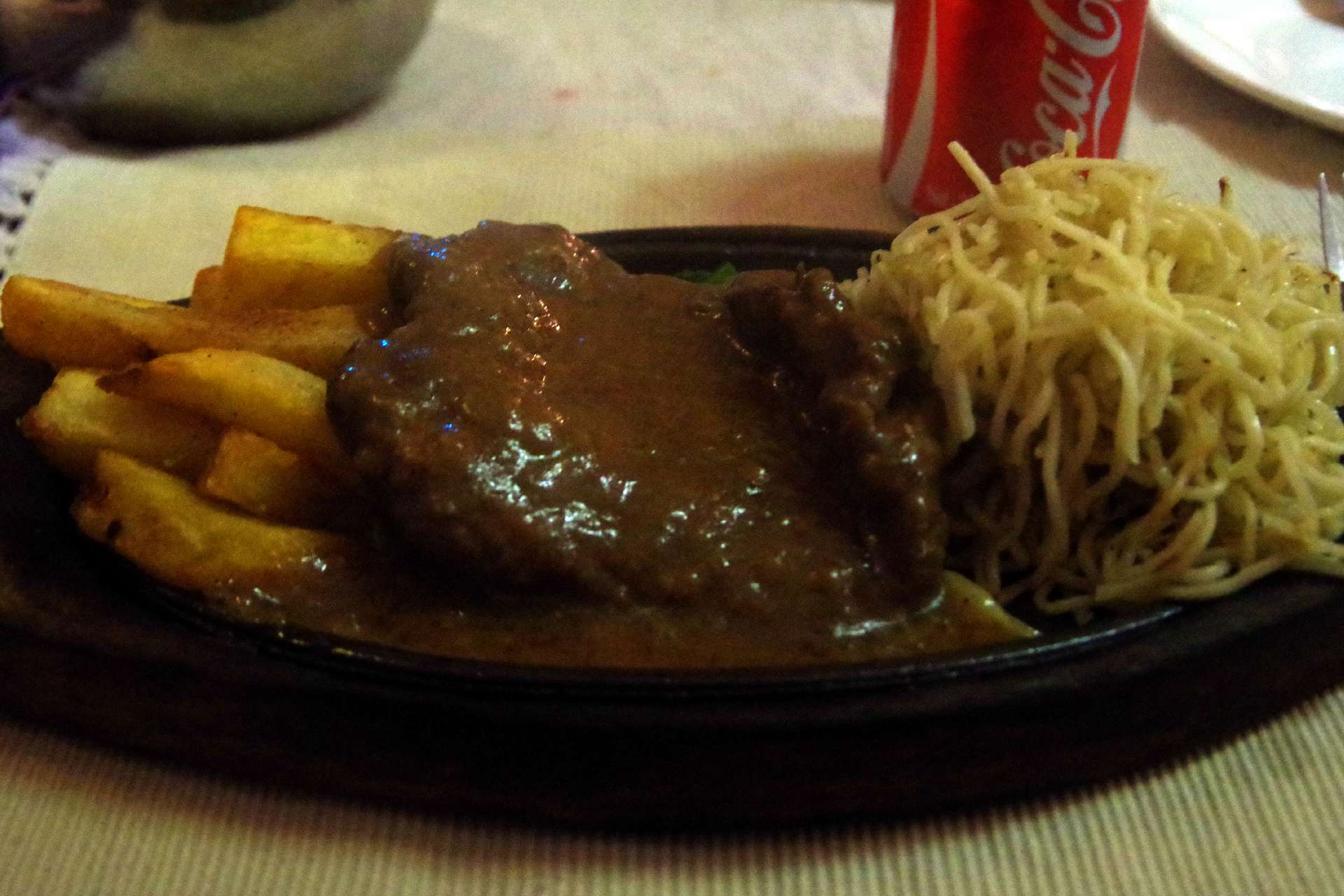
Yak steak with fries and noodles - carbohydrate-rich diet
On the first evening, we encountered heavy rain and took a bicycle rickshaw back to the hotel. A pleasure that I had always enjoyed in India, but in India the number of rickshaw drivers is decreasing - a pity, as this traditional source of income is disappearing for many people.
Since we all struggled a bit with acclimatization to the altitude, it was a short evening and by 9:00 pm we were tucked up in bed at the hotel.
Jokhang, Barkhor, and Potala Palace
The next morning, we were greeted by radiant weather, coupled with a mediocre Chinese breakfast, it was a good start to the day. Mathias and I made a short detour to the Barkhor in the early morning. However, we were afraid of getting lost, so we enjoyed watching the Tibet Terriers and the hustle and bustle of the market.

Tibetan Terriers

At 10:00 am, the six of us walked once again with Tenzing along the route from the previous evening and gathered at the Jokhang - this time to visit the interior of the temple. The atmosphere in the temple was dim, everything was smoky and full of the rancid smell of butter lamps. Photos were only allowed at the entrance and on the roof - the roof was magnificent! A breathtaking view over the Barkhor to the Potala Palace - what splendor, and the sun shone down on us! Just for this view alone, the long journey to Lhasa was already worth it.
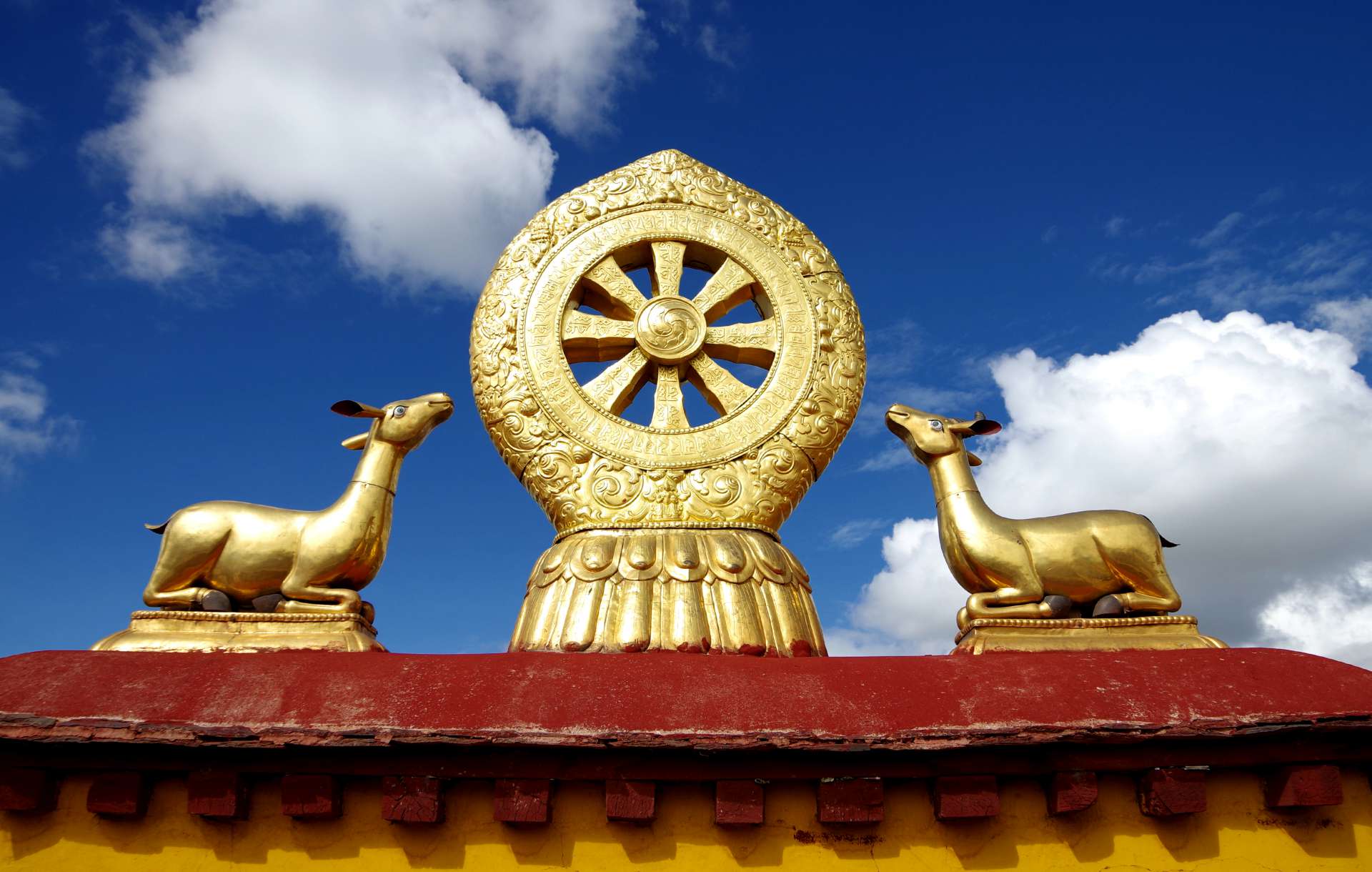
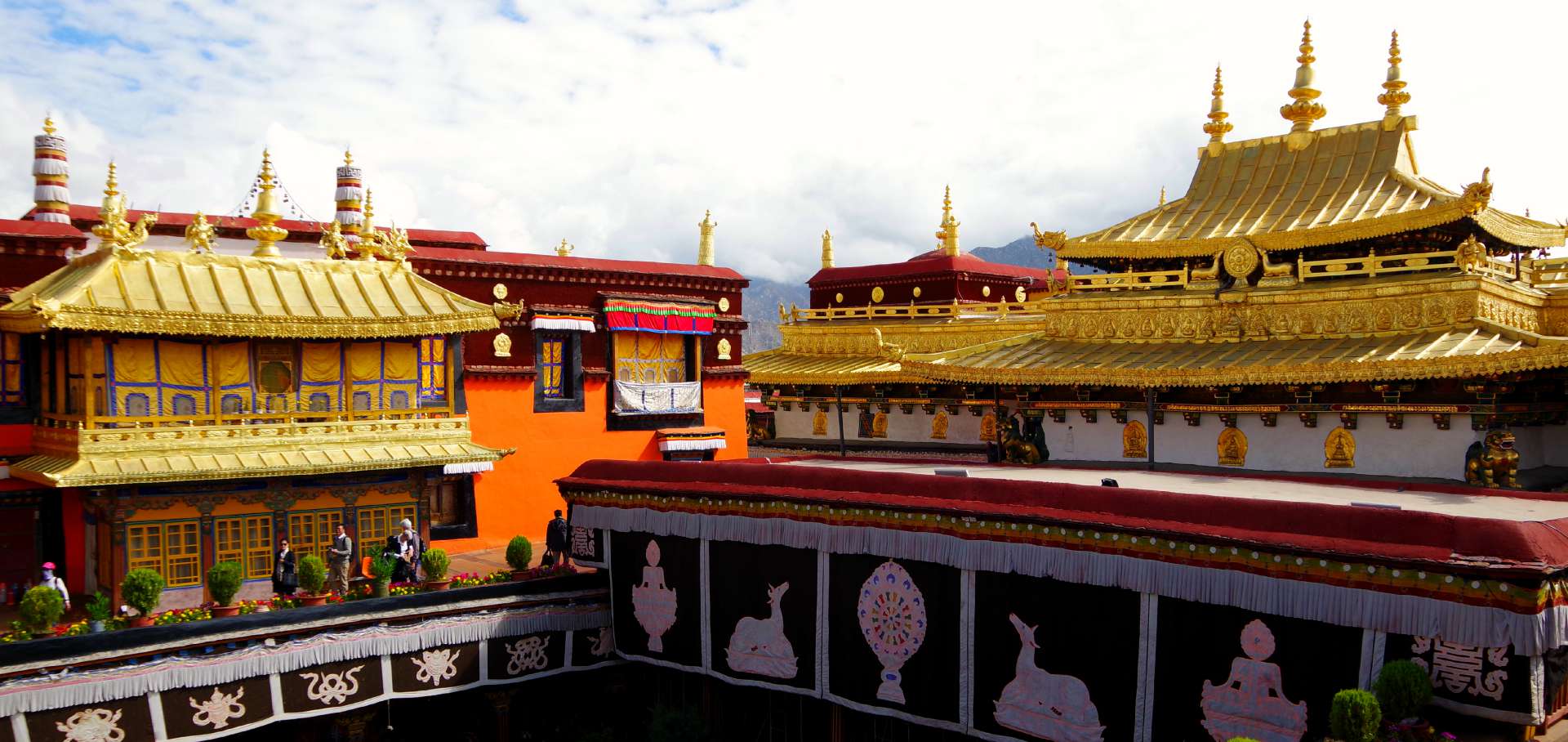
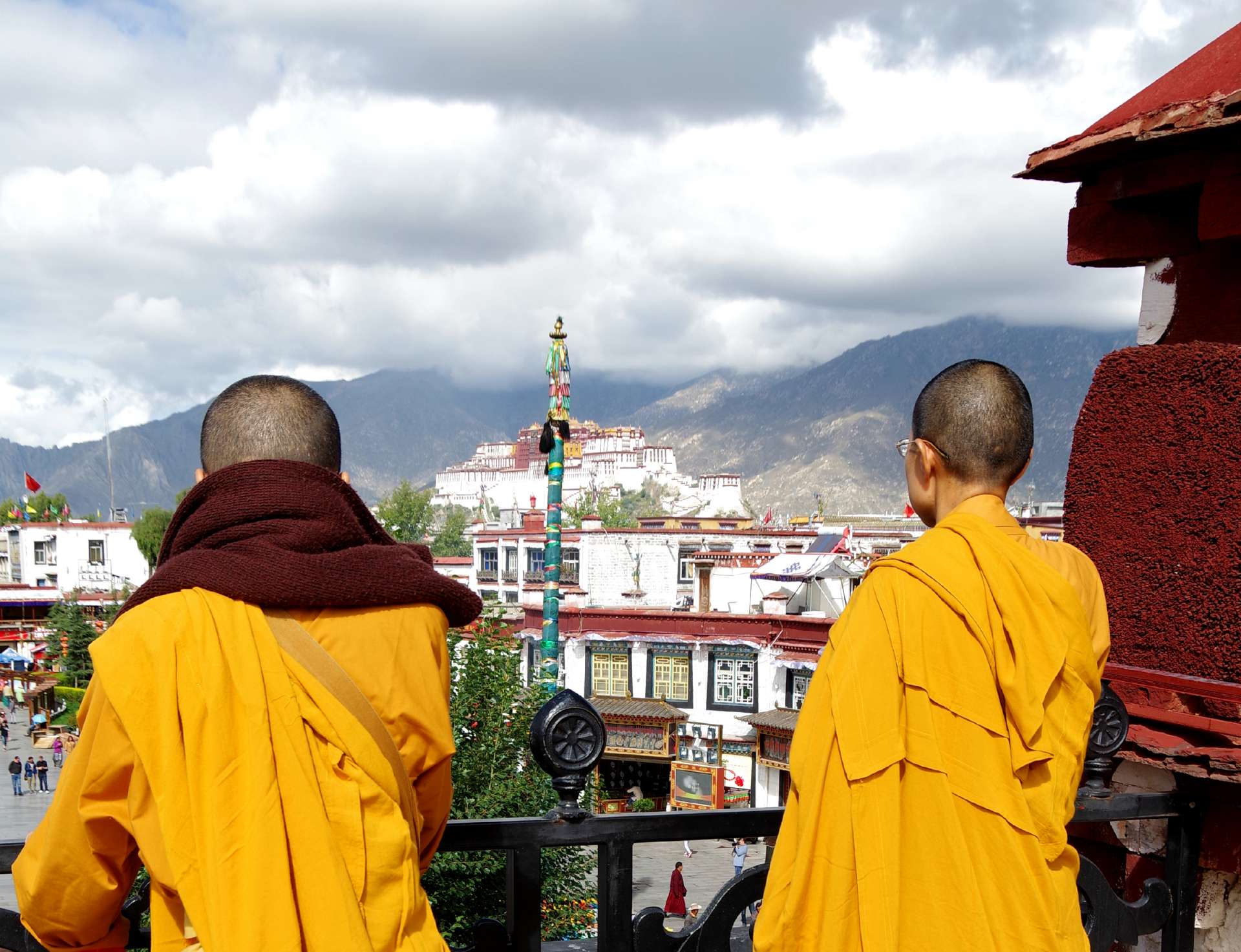
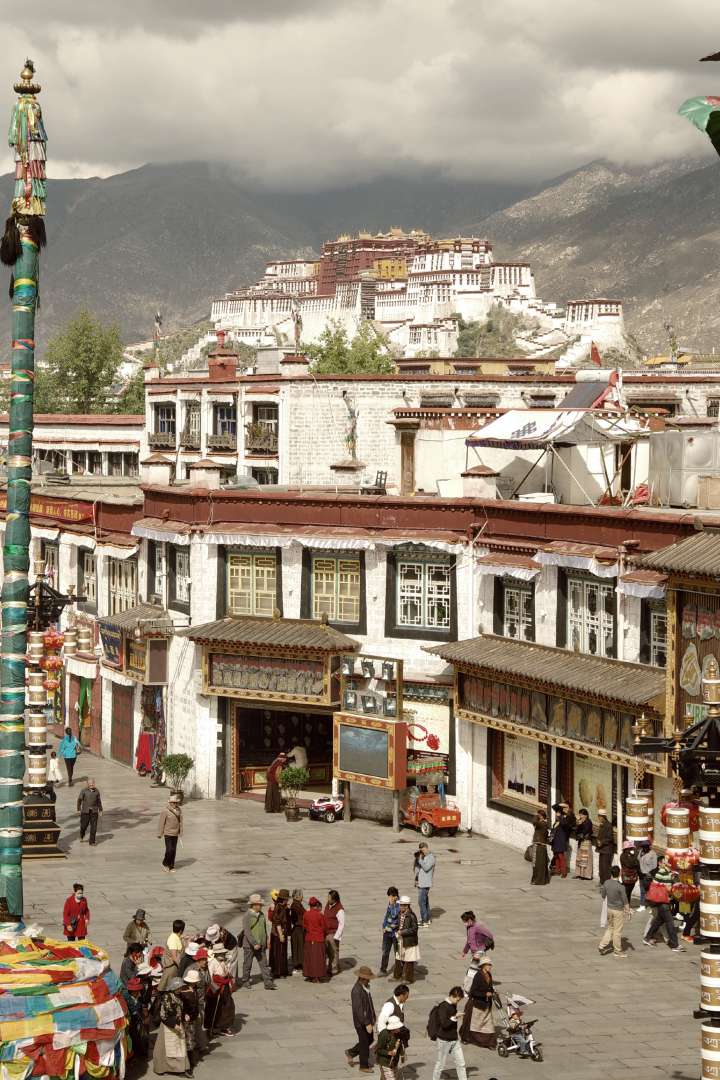

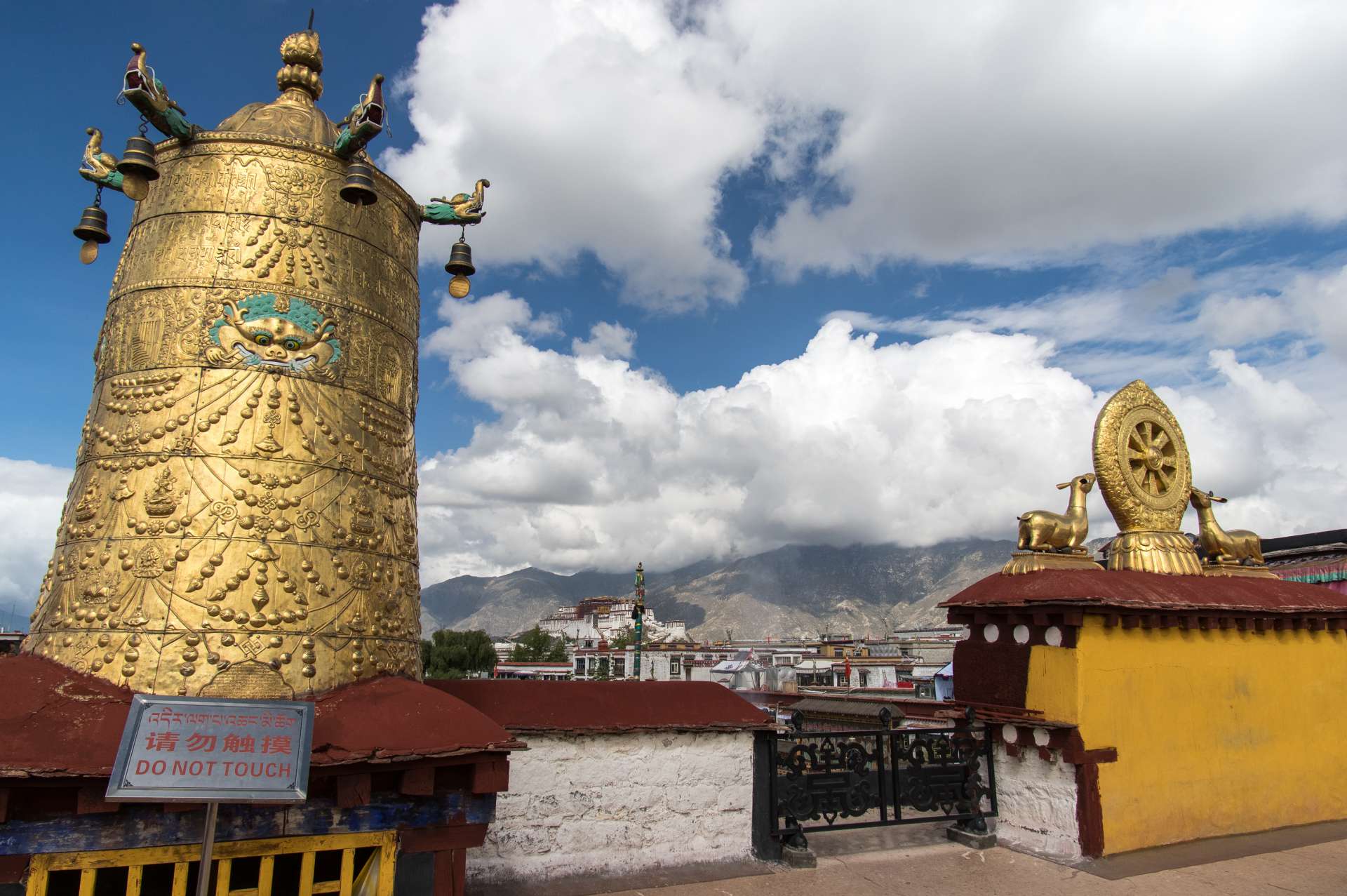
What a view from the Jokhang to the Potala Palace
After the visit, we were free to wander around on our own - we loved our organizer for that... he gave us the greatest freedom in the forbidden city. So we went back to the Barkhor and soaked up the special atmosphere.
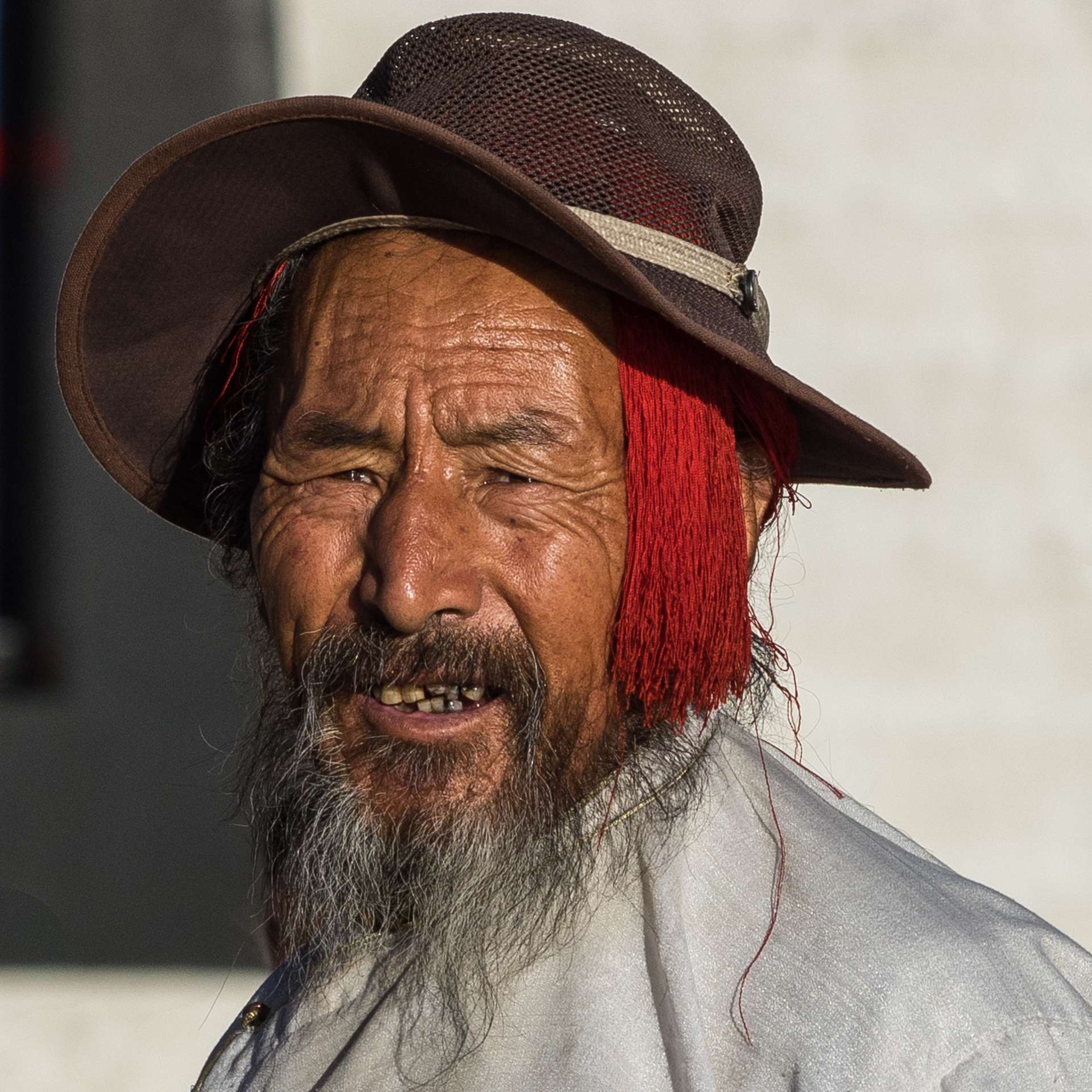
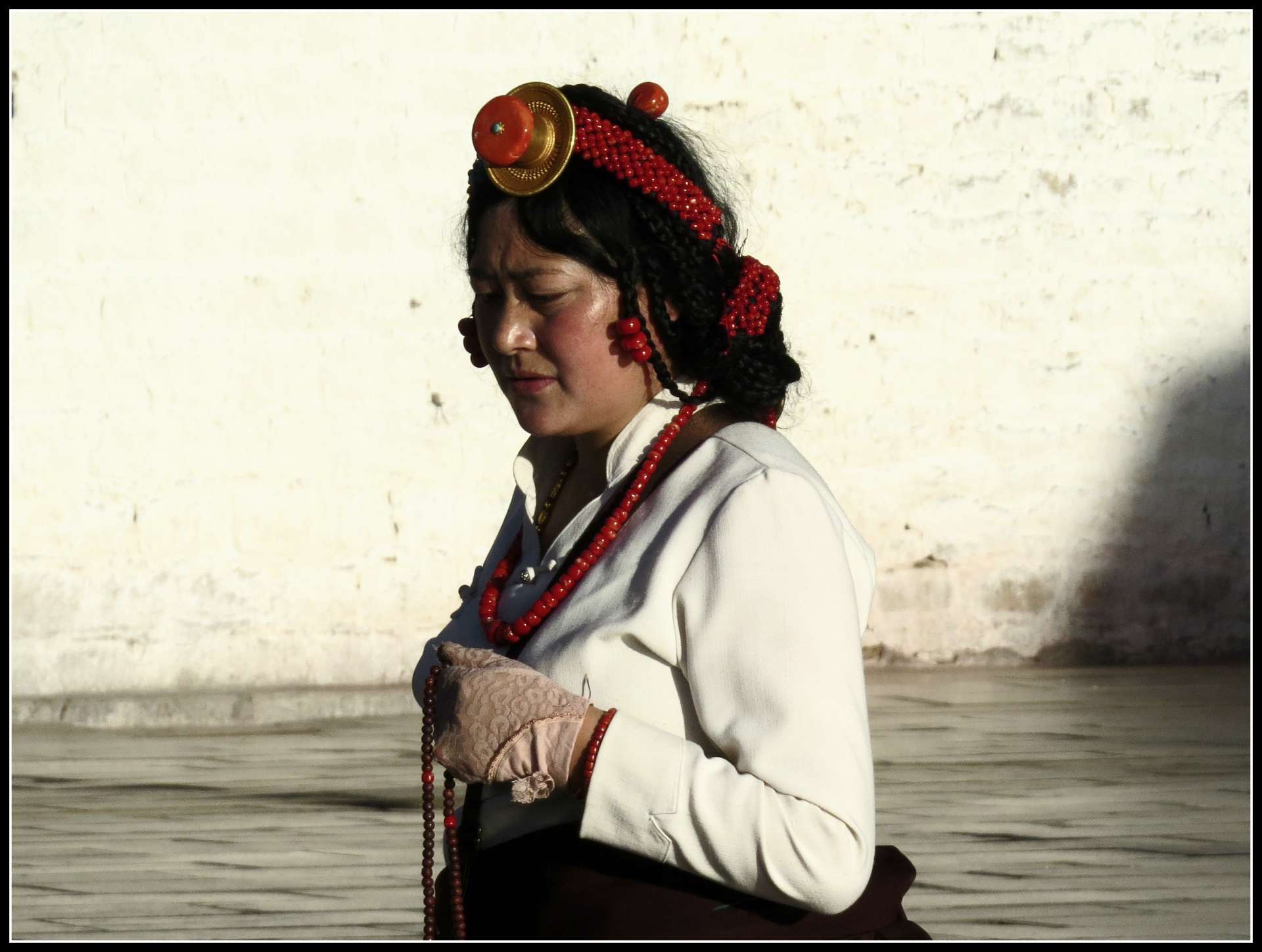
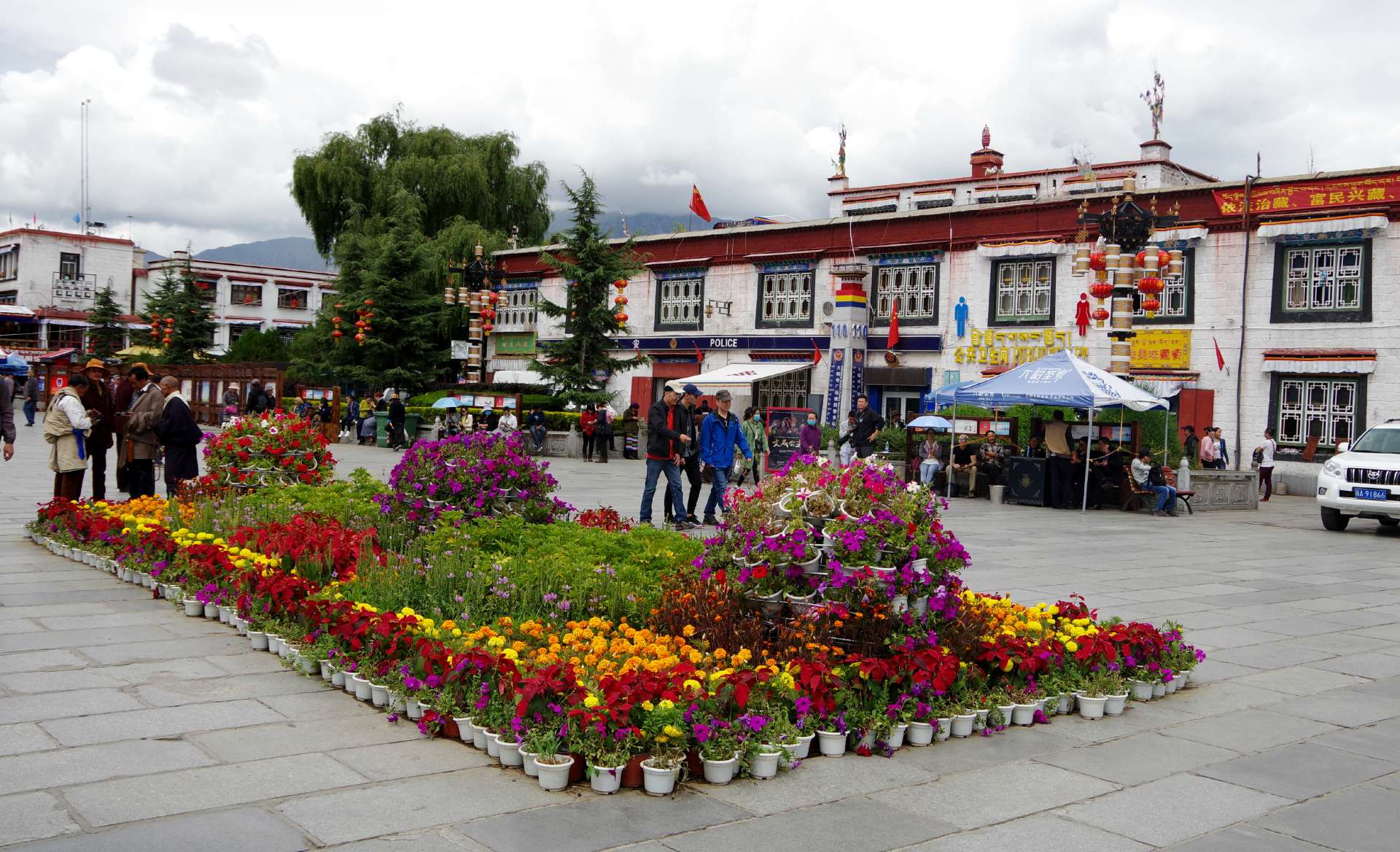

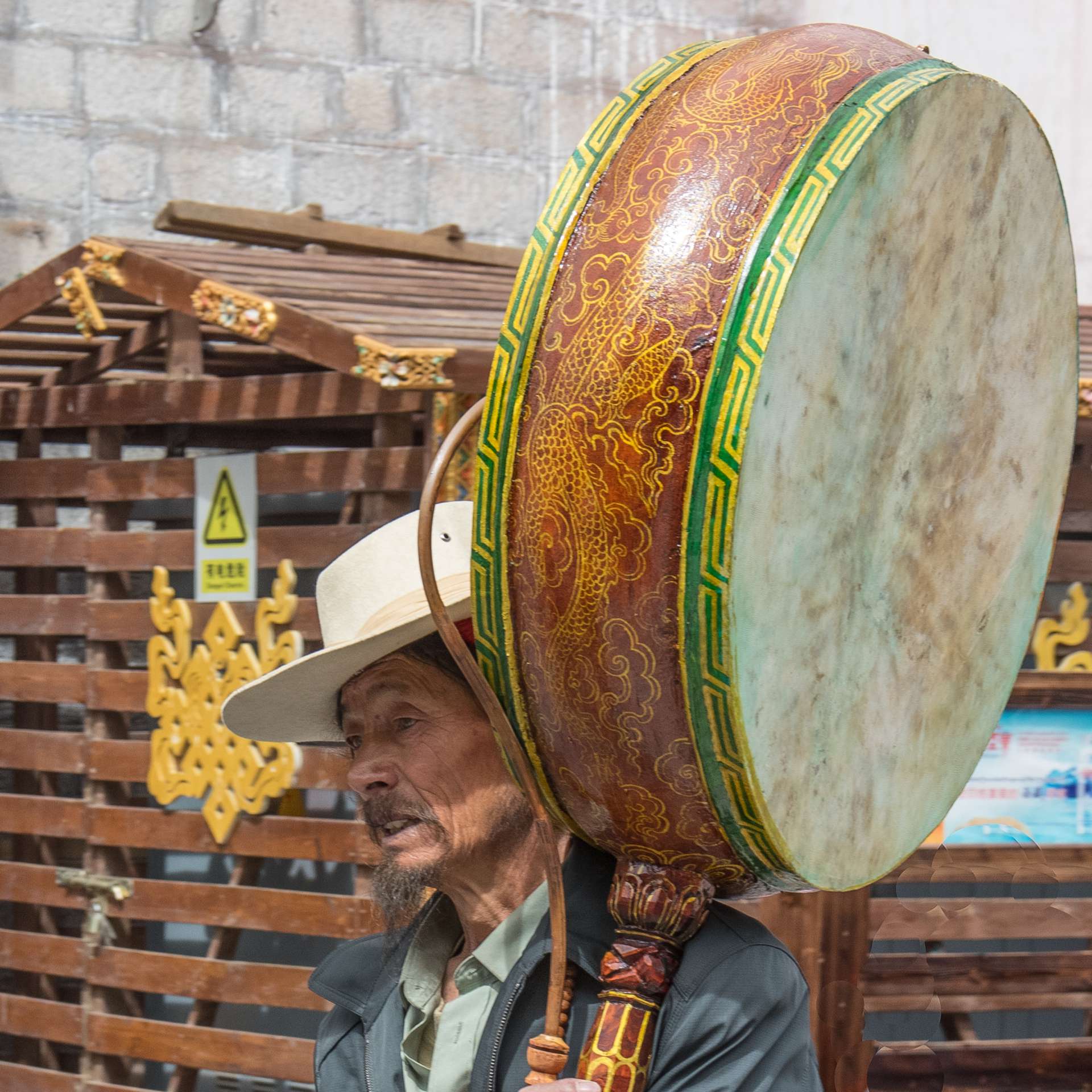
Drummer

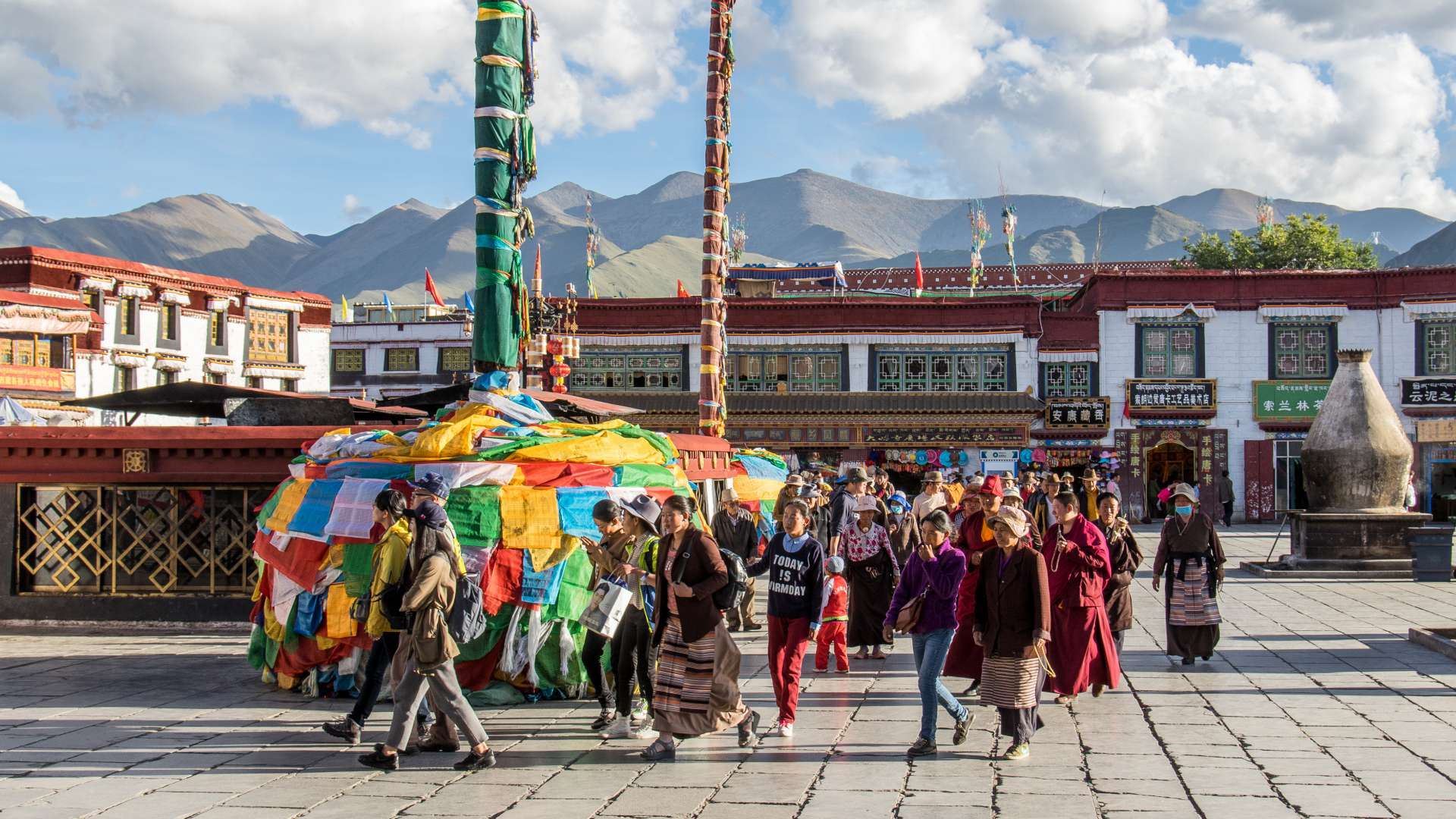
Barkhor and Pilgrims
We had our first dinner at the New Mandala Restaurant in the evening, which would become our favorite restaurant in Lhasa for the next few days. We enjoyed the view of the Jokhang at night and enjoyed our yak steak.

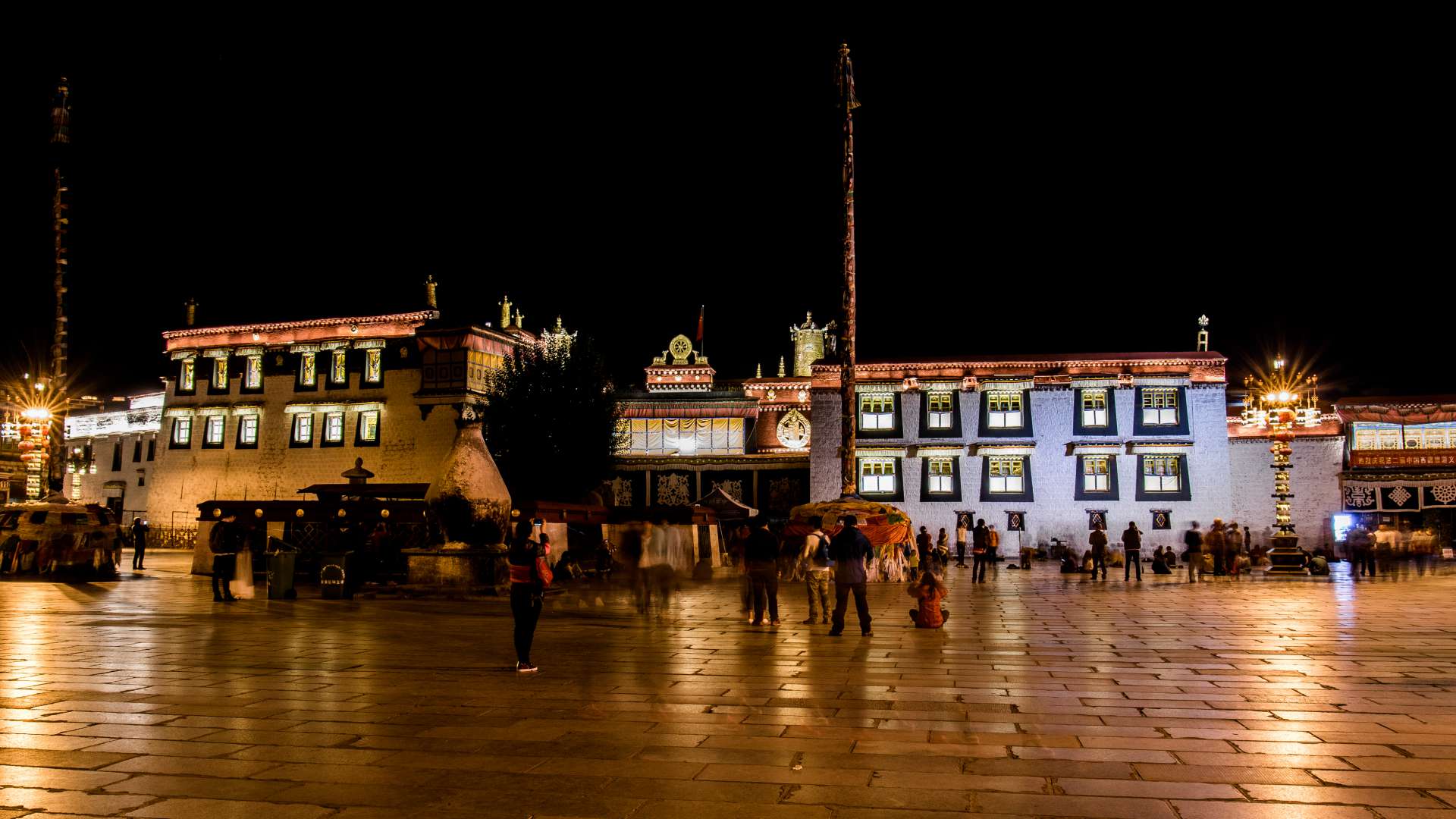
With sunny weather, we set off the next morning on the long, long journey to the Everest Base Camp. We drove out of Lhasa, always along the river... admired many small monasteries on the hills and interesting villages along the way. With more time and more freedom, exploring the smaller communities would have been a dream.
Along the way, we stopped at various locations for photo stops, and around noon, we stopped at a family-run restaurant and got the aforementioned food: rice, potatoes, a bit of lamb, and butter poured over the food.
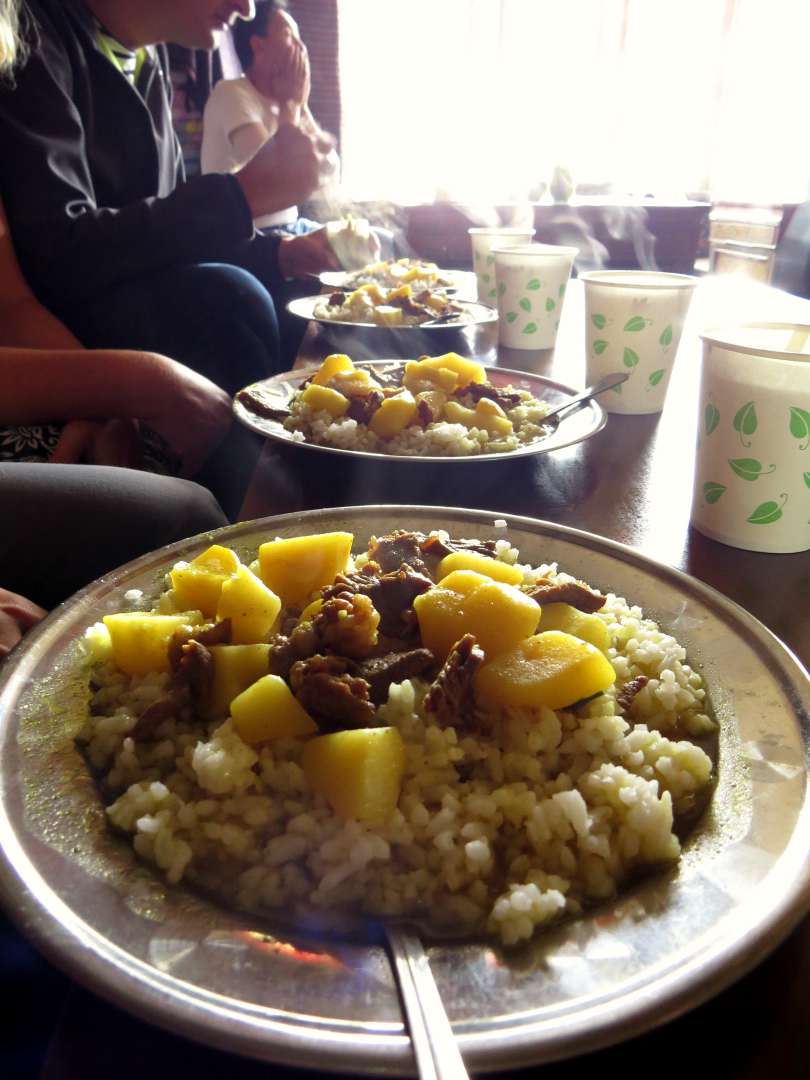
Lamb, potatoes, rice, and lots of butter
This immediately had an effect, and visits to the restroom were necessary. Unfortunately, restrooms in China (not only on the train) are absolutely terrible - small walls sometimes separate the holes, but most of the time, we girls squat next to each other over a hole in the concrete - absolutely revolting. It is worth mentioning that I am very experienced with restrooms and I usually prefer squat toilets because they are usually more hygienic than anything else - at least in Nepal, India, Africa, and South America... the rule does not apply to China!
In the early afternoon, we checked into our hotel in Shigatse, which was again an upgrade from the originally mentioned hotel but not comparable to the beautiful rooms in Lhasa.
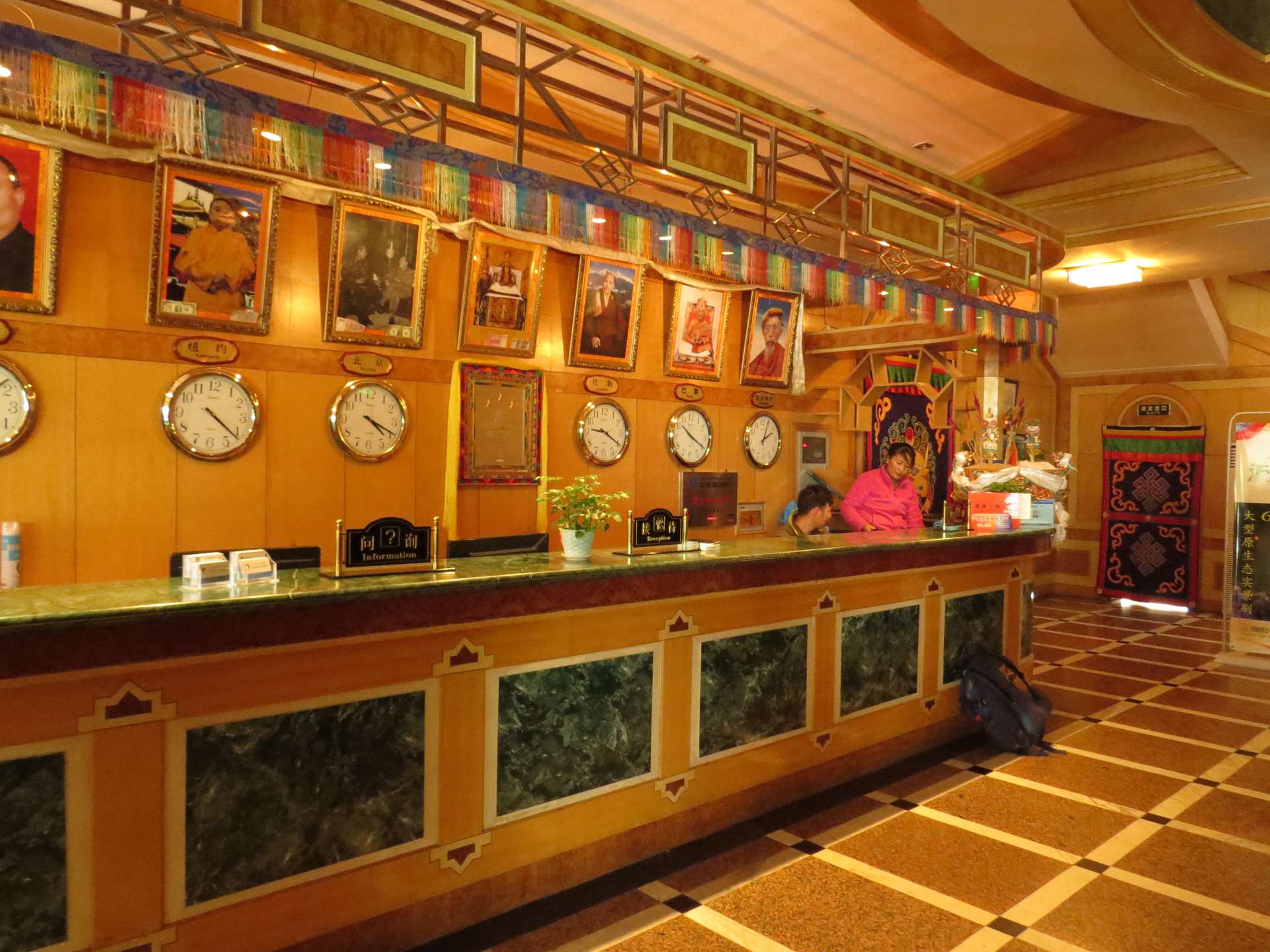

Then we went to the Tashilhunpo Monastery, which was an absolute improvement in terms of beauty and size compared to Sera. We walked through the complex for about three hours, enjoyed great views, and gained insight into the monastery life of the Yellow Hats. The monastery belongs to the Panchen Lama, who has been missing since 1995, and Beijing didn't hesitate to appoint their own Panchen Lama in China. Luckily, our guides were friendly with the Dalai Lama and spoke of him with respect and admiration - which made our interaction very friendly. Tenzing doesn't like the Chinese, and we gradually didn't like them either!
However, we couldn't admire the Shigatse Dzong from a distance, as it looks very similar to the Potala Palace... we only have pictures from the internet for that. Shigatse is slightly higher than Lhasa at around 3,800 meters, but we felt fine and were in good spirits looking forward to the adventures of the next few days.
Through the Passes to the World's Highest Post Office
The weather was still great - I can only recommend Tibet at the end of September. The sun was blazing down, it was warm. After an early breakfast, we headed higher and higher. On the way to Everest, we had to overcome a few passes, and around 10:00 am, we saw the mountain of all mountains in the distance for the first time.
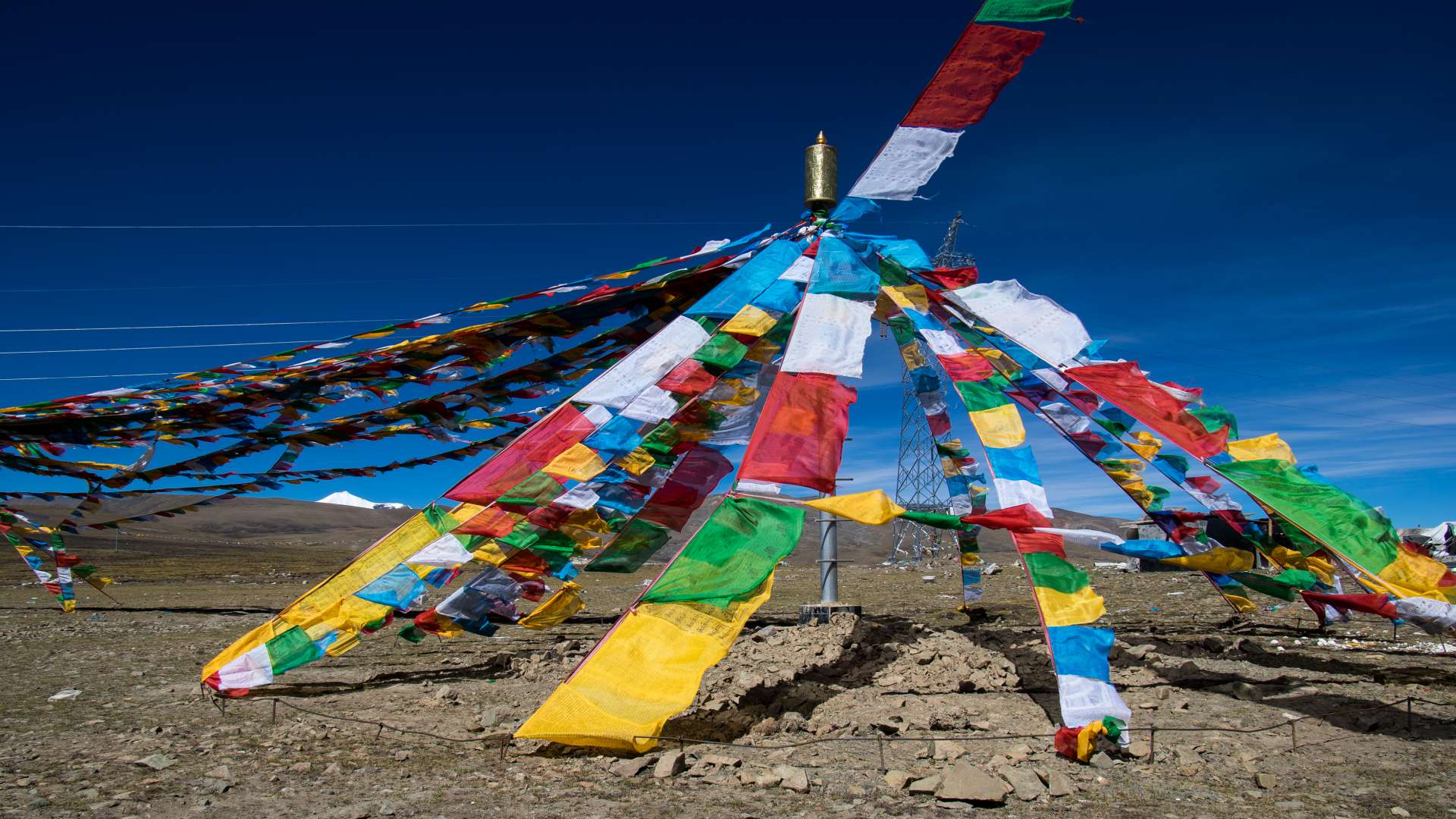
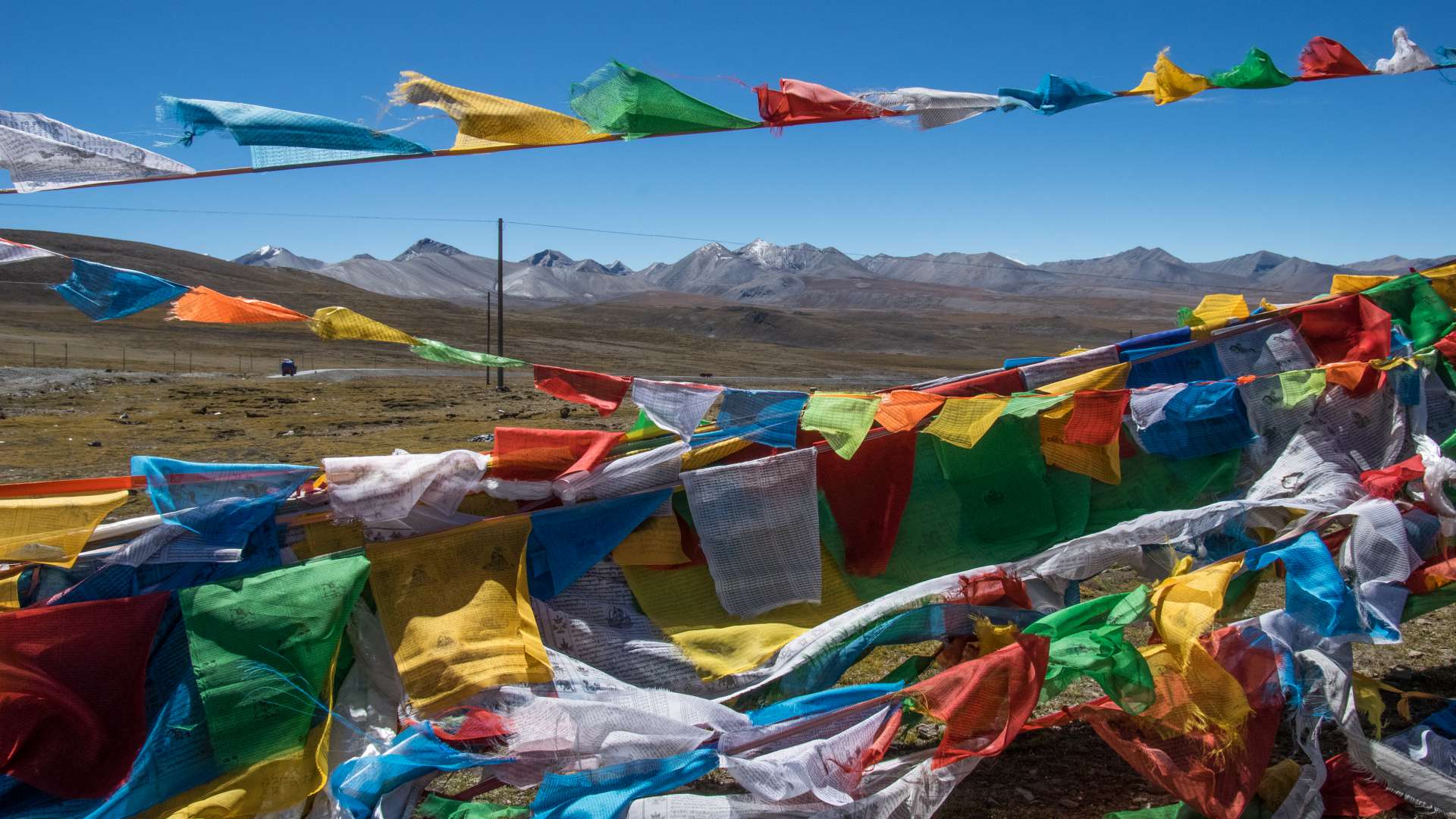
I was the only one of the six of us who had already had the pleasure on the Nepalese side (see the report: NEPAL I - the unfinished story in the near future) and must say that the view from Tibet simply looks even more powerful... I have to give that to the Chinese, they have the better panorama.
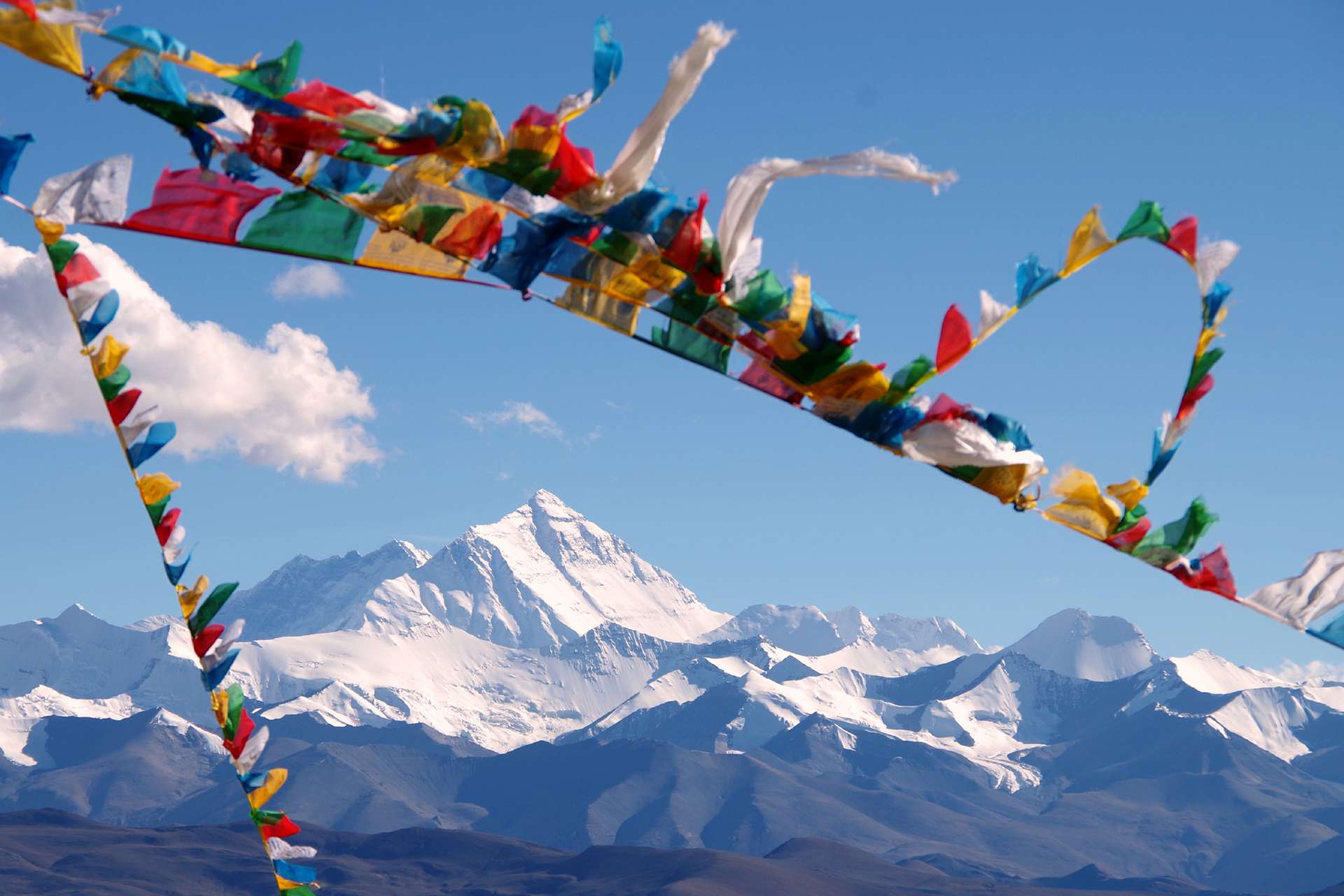
there it is
Shortly after our lunch break, we entered the sphere of influence of Everest National Park and witnessed firsthand what corruption in China actually means. We foreigners needed an extra permit for Mt. Everest, and for it to apply to all six of us, Tenzing passed a crate of Red Bull to the soldiers... whether money also exchanged hands, who knows??? We were also recognized several times along the way... passport checks in separate buildings with long queues, as even the Tibetans can't avoid this procedure. Behind the mountains lies free Nepal and with it the possibility of self-determination and freedom of speech. To this day, hundreds of thousands of people struggle over the mountains of the Himalayas every year to escape China's oppression, and the Red Chinese are taking precautions. Currently, the railway is being built from Shigatse to EBC... presumably, the Chinese are already planning a time with Nepal in their vast kingdom.
Due to the extended lunch break and another photo stop, the last 100km to the base camp resembled a kamikaze drive with a pinpoint landing. We ran as fast as we could to the end of the tent camp, positioned our cameras, and enjoyed a beautiful sunset with the highest mountain in the world as the protagonist.
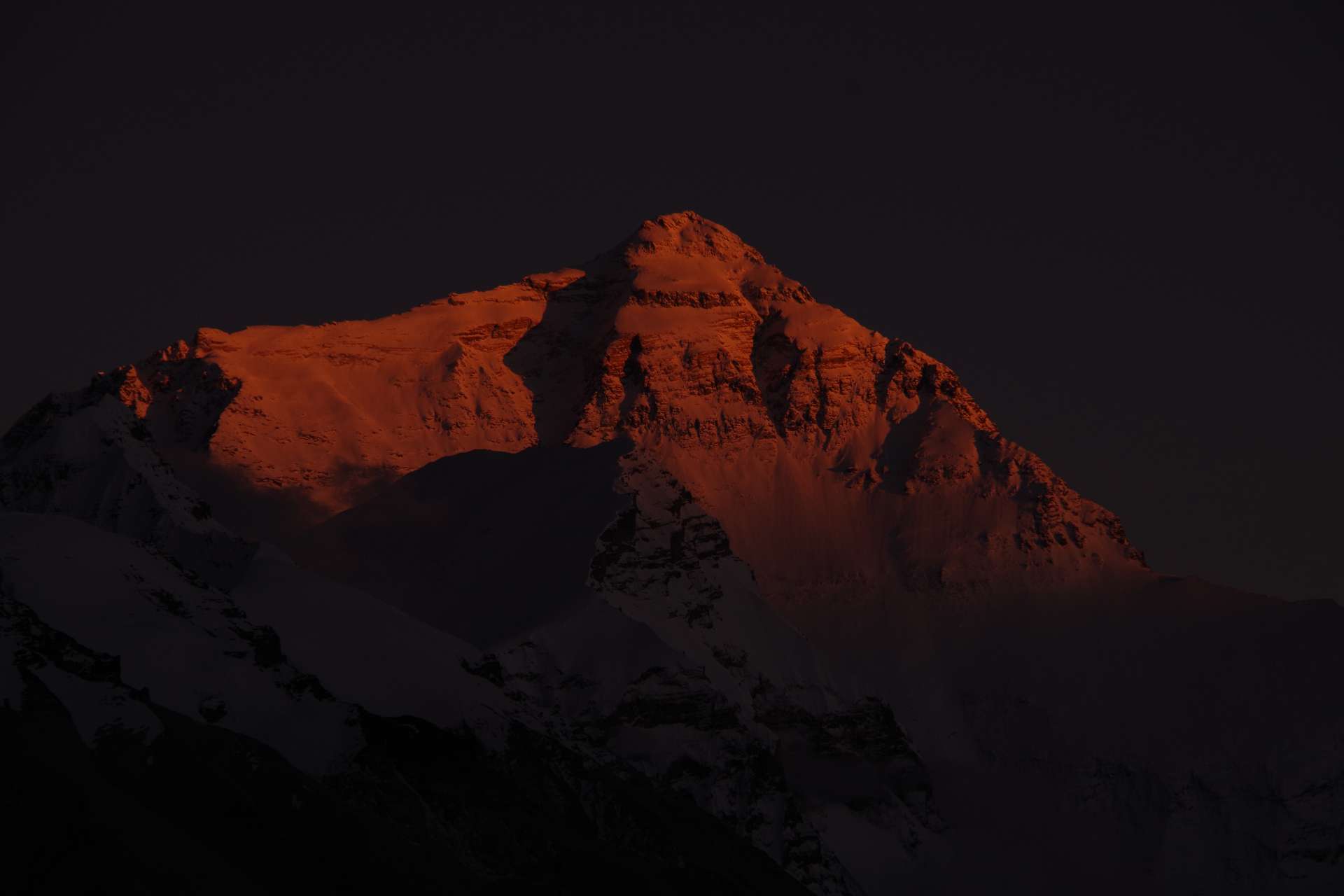
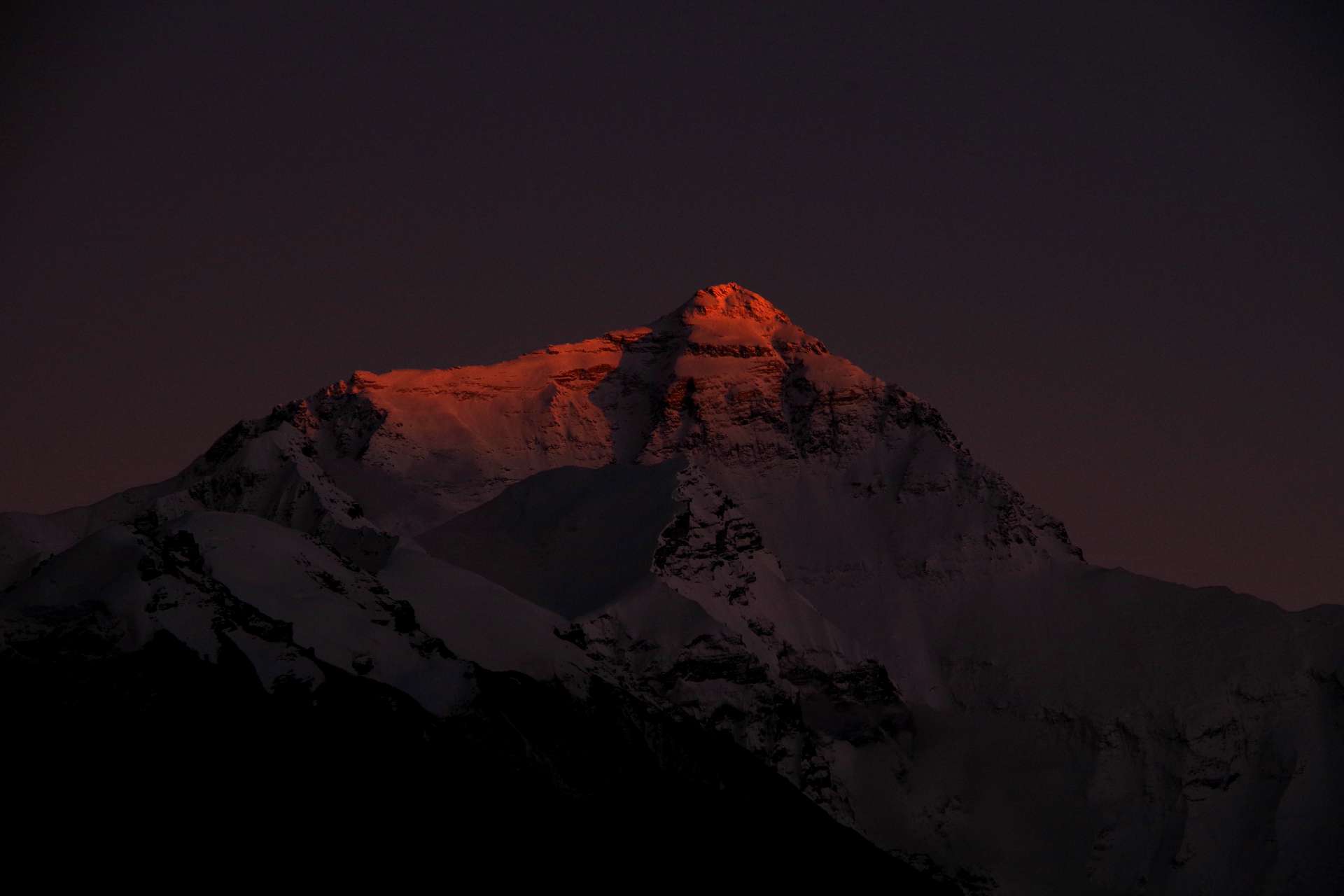
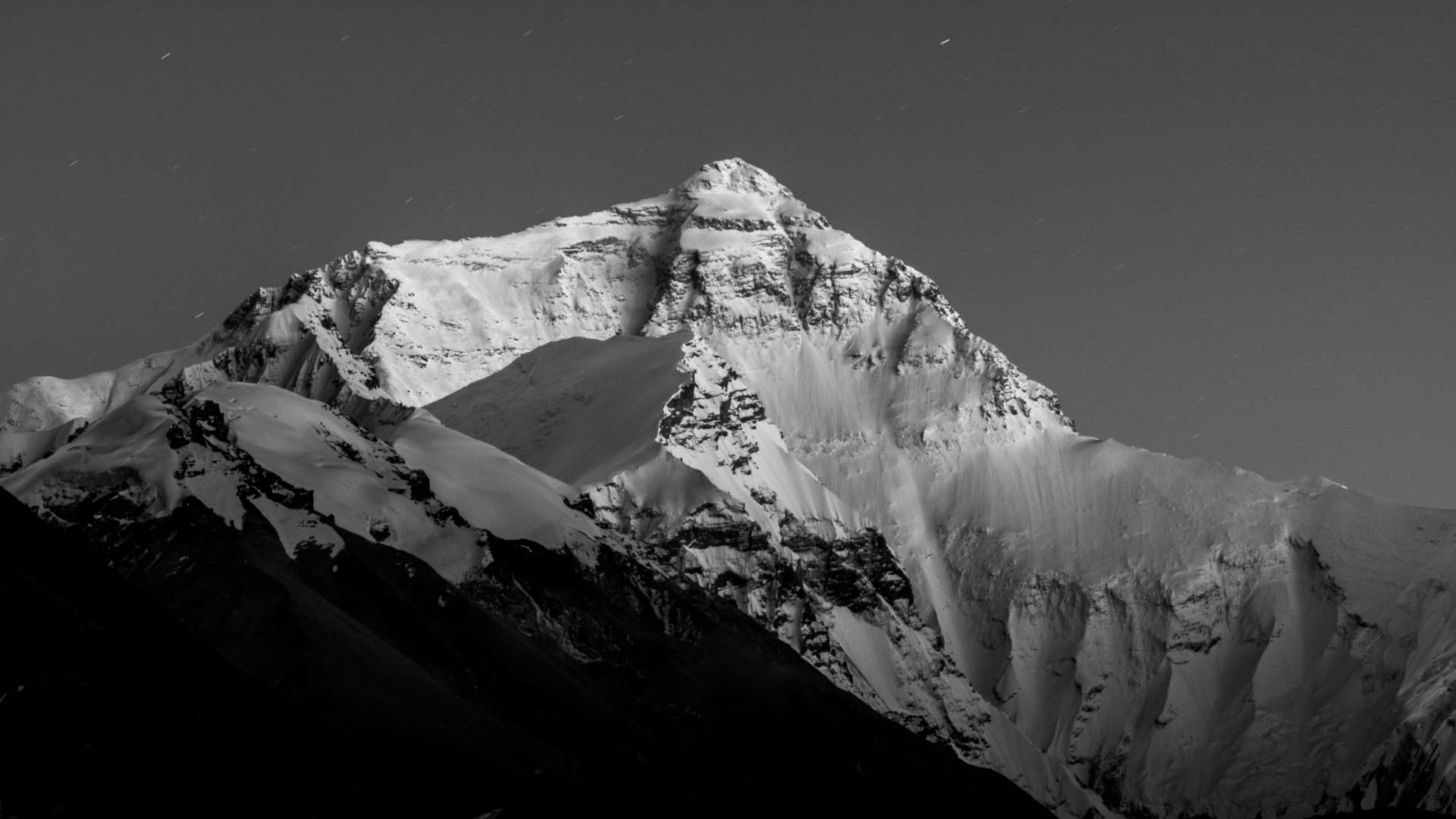
Night shot
Afterwards, we explored the surroundings, dropped off postcards at the highest post office at 5,164m, and enjoyed the hospitality of our host in the Yak Fur tent.
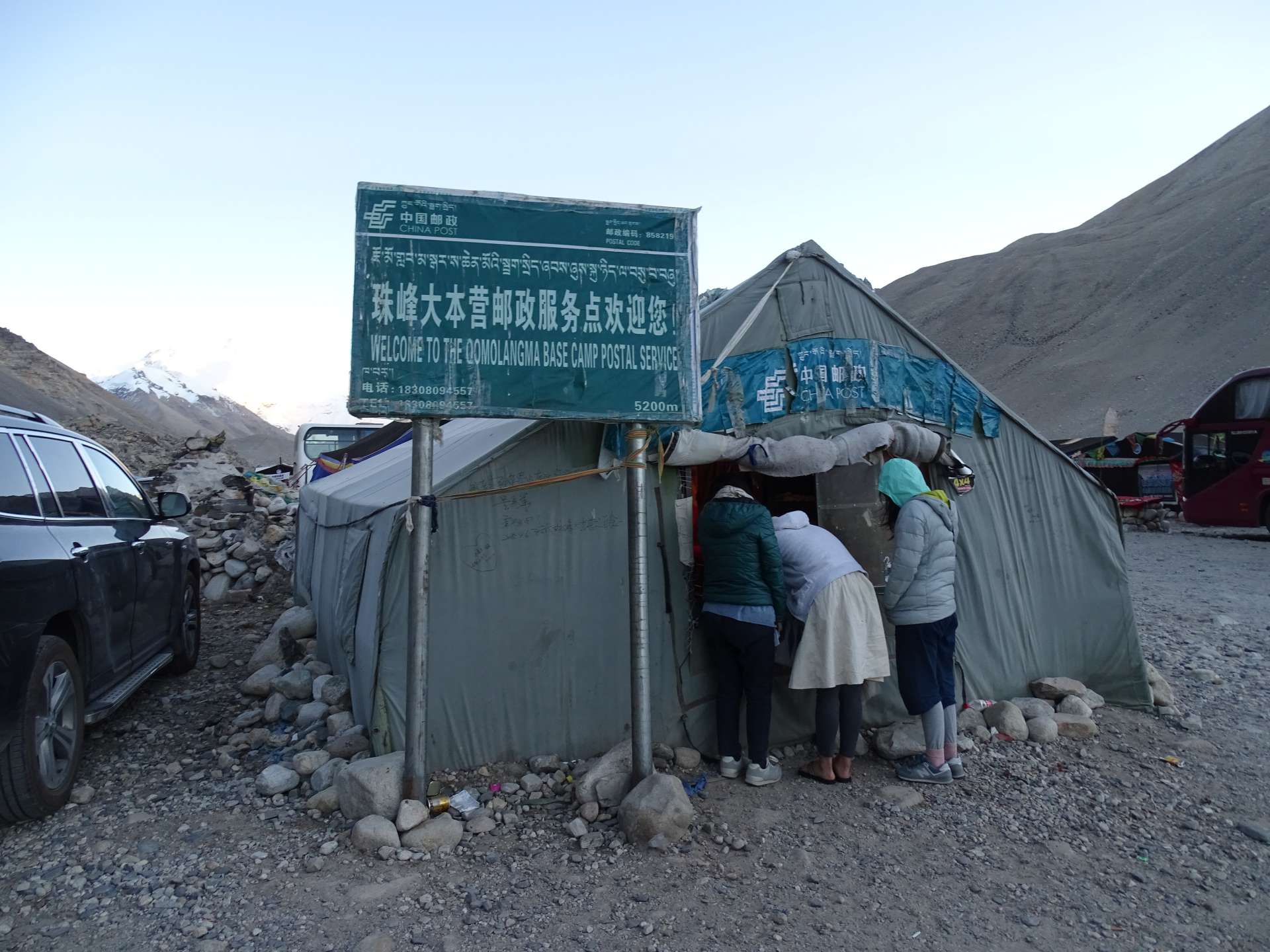
Quite comfortable, it kept out wind and weather but was still cold once the stove went out.
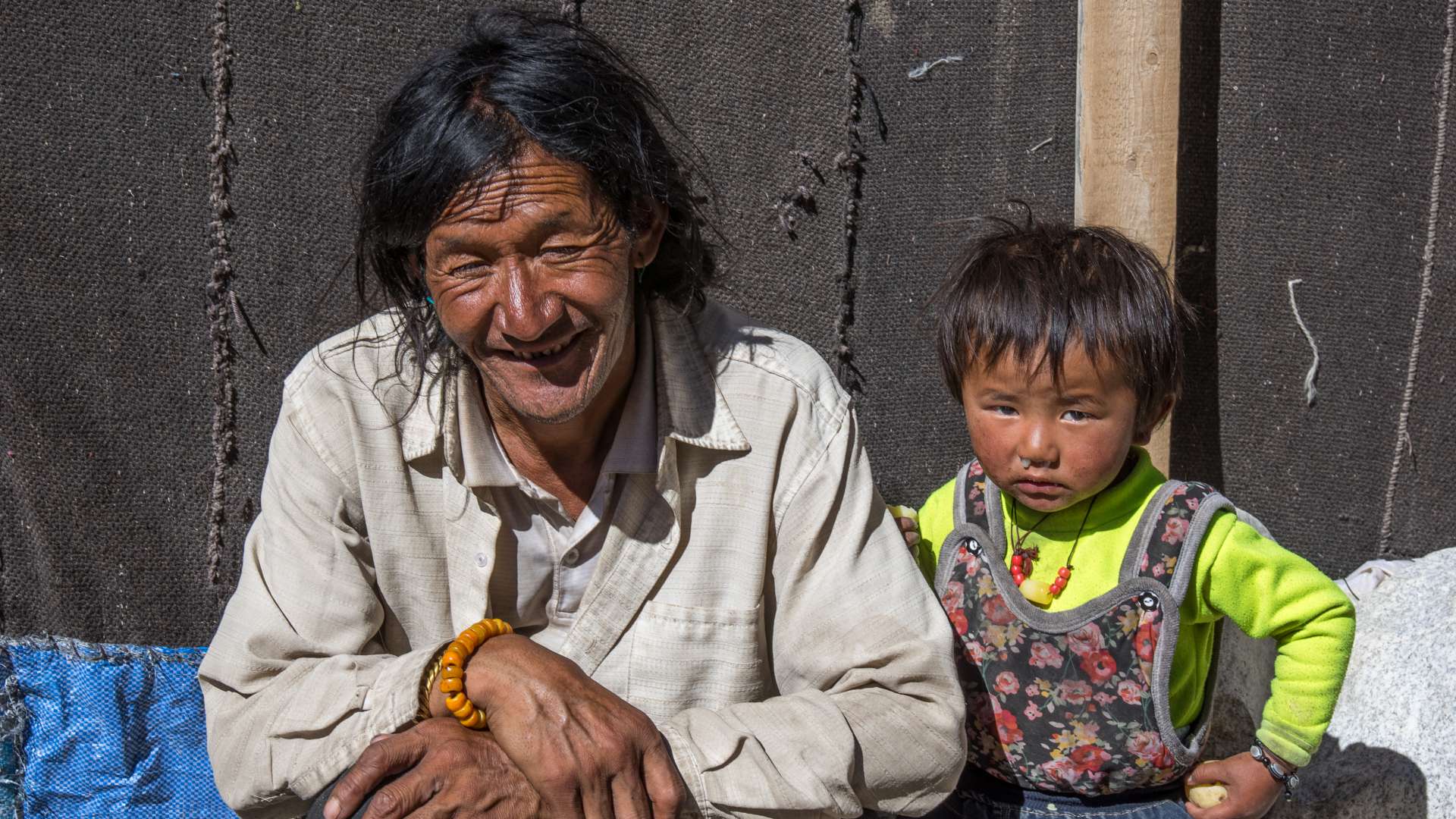
Our host and his grandson
The toilets in the camp were awful, everything was swimming, and no, yellow ice is not lemon sorbet! There were only holes in wooden planks, and in order to even reach the toilet area, you had to climb over a large hole directly onto the ladder, not suitable for nocturnal activities. Once you reached the top, Lin and Lu from Shanghai were squatting in a coffee chat with their pants down and, of course, a phone in hand. There were, of course, no partitions... the scene was so surreal, but I gladly gave up on this pleasure and squatted behind the tent, where the yaks watched us suspiciously but left us in peace. Of course, having your bare backside in the wind at minus 15 degrees is also no fun, but slipping on frozen excrement in the toilet area is even less appealing!
Our host, together with his daughter and grandson, lives in this tent for the whole season. The daughter cooked quite well, but neither grandpa nor grandson had seen personal hygiene since the snowmelt, but they were warm-hearted and we felt at home. When Grandpa shared his boiled potatoes with us and we enjoyed them straight from the pot with the skin on (yes, they were great), we felt a bit at home. Mona still needed to be supplied with oxygen, but she was happy to be in the camp with us.

Tent camp atmosphere
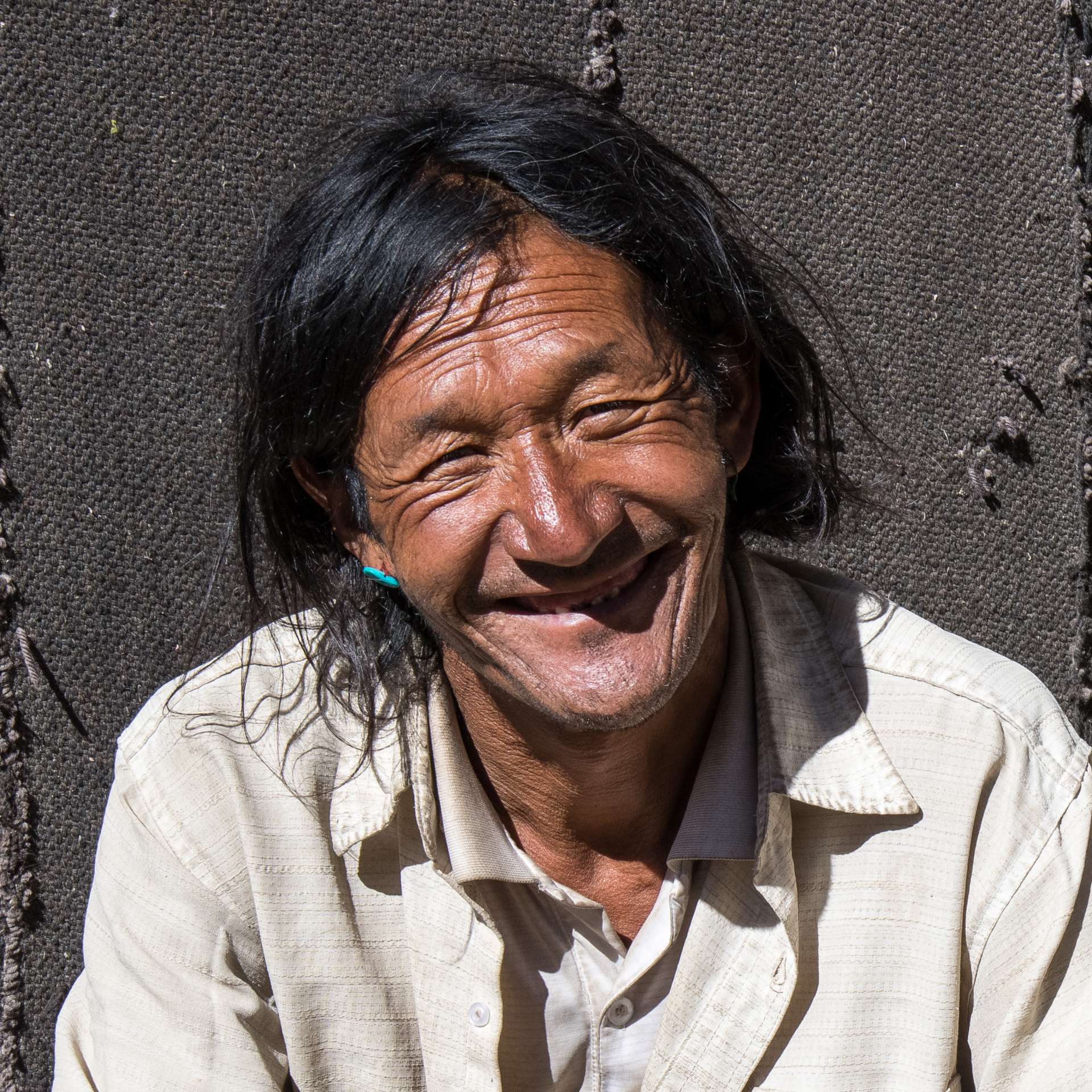
A face full of life
At around 8:00 pm, we crawled into our sleeping bags and hoped for sleep, which is not guaranteed at an altitude of about 5,100m.
To the EBC => we walked, the rest by bus
The night was uncomfortable, the altitude prevented us from sleeping, the altitude caused more than regular trips to the bathroom... and amazed yaks from the neighborhood, and the altitude was responsible for headaches.
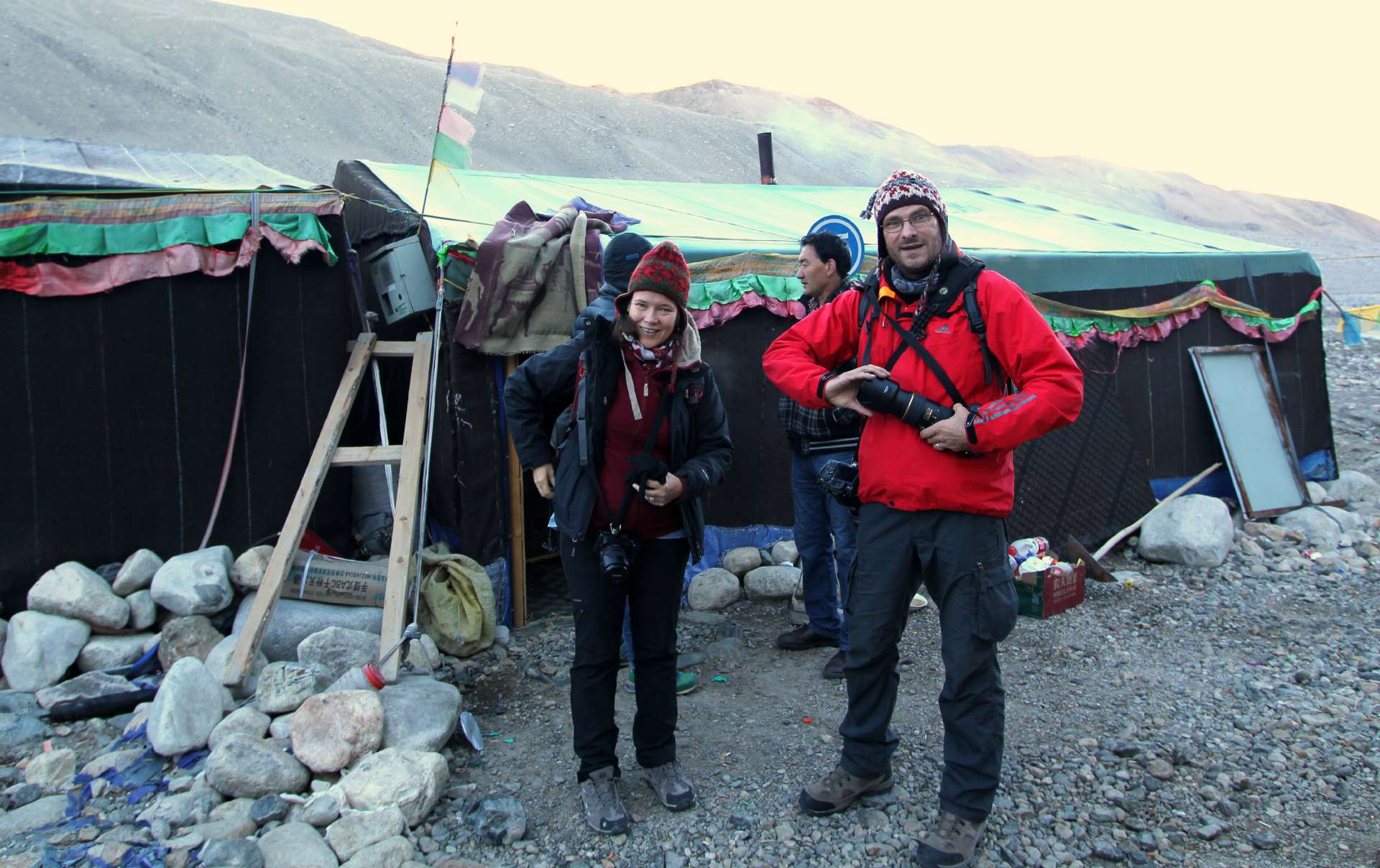
We set off for the Everest Base Camp the next morning - a last look at the Potala and we received white scarves for a safe onward journey.
The China Southern plane was fully booked, which was surprising given the outrageous flight price ($560). We had a great view of Everest and were glad to be out of Tibet. What we didn't know at the time was that it was the last plane to fly from China to Kathmandu. In view of the fuel boycott in Nepal, there were no more flights between Lhasa and Kathmandu from early October. We would not have been happy!
We were six and knew we had enjoyed a great tour in one of the most remote corners of the world. We were also sure that we would come back at any time - the trek around Mount Kailash is quite a tempting offer.
Zapisz się do newslettera
Odpowiedź
